What is Screen Printing on Fabric?
Screen printing on fabric is a branding method that involves pressing the ink through a mesh screen onto the fabric. This branding technique creates vibrant colours and long-lasting prints. Whether it’s branded tee shirts for a corporate event or branded tote bags for your next giveaways, screen printing offers a professional and high-impact solution.
While screen printing is often compared to digital printing, their processes differ. Digital printing sits on the surface of the fabric while, screen printing infuses the ink into the fabric for a more permanent bond. This makes it an excellent choice for promotional merchandise that needs to withstand frequent washing and everyday wear.
How is Screen Printing Applied to Fabric?
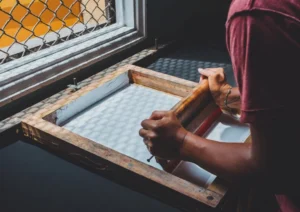
Screen Printing Process
When screen printing on fabric, our team follows a multi-step process to ensure that the result is crisp, vibrant, and durable. The process starts with:
- Preparing the Design: Your desired logo or artwork is separated into individual colors as part of the preparation. Each of these colours will have its own screen.
- Creating the Screen Stencil: Then, we will coat the fine mesh screen with a photosensitive emulsion. After, it will be exposed to the UV light through a film of the design. The areas blocked by the design remain soft and are washed away, leaving a stencil.
- Applying the Ink: The screen is placed over the fabric, and we will then apply the ink across the top. A squeege is used to press the ink through the mesh and transfer the design onto the fabric. A squeegee is used to press the ink through the mesh, transferring the design onto the material.
- Layering for Multi-Colour Prints: If a design has multiple colours, additional screens are used, and each colour is applied separately in layers, ensuring precise alignment.
- Heat Curing: To make the print permanent, the fabric is placed in a heat tunnel or press, where high temperatures cure the ink and bond it to the fabric.
This method allows for high-volume production runs with consistently sharp results. The thicker ink application creates a textured effect that can enhance branding by making logos or artwork stand out.
Advantages of Screen Printing on Fabric 🌟
Screen printing remains one of the most popular branding techniques used on fabric. Our clients choose this method because:
- Bright, Opaque Colours: Because of its thick ink application, this method ensures the colours of your logos pop even on darker fabrics.
- Durable and Long-Lasting: Unlike heat transfers or digital prints, screen-printed designs don’t peel, fade, or crack easily.
- Cost Efficient: Althought the setup costs for screen printing on fabric are higher, it is highly cost efficient for bulk orders.
- Versatile for Various Fabrics: Works on cotton, polyester, canvas, and more, providing businesses with multiple branding options.
This method is especially favoured by businesses that need bold, easily recognisable branding on promotional clothing and accessories.
Step inside Cubic Promote’s Sydney screen printing facility, where tradition meets cutting-edge technology. Discover how expert craftsmanship, high-quality inks, and precision machinery come together to create standout branded apparel and accessories.
Best Fabric Surfaces for Screen Printing 🏆
When it comes to achieving long-lasting prints, choosing the right surface is essential. Some of the best fabric surfaces that work best with this method are:
- Cotton and Cotton Blends: This surface is one of the most common choices for printed tee shirts or polos because of its ability to absorb the ink.
- Polyester and Synthetic Fabrics: Often used for activewear, sports jerseys, and uniforms. Special inks are required to prevent dye migration.
- Canvas and Heavy-Duty Textiles: Ideal for promotional tote bags, aprons, and workwear that need a strong, long-lasting design.
- Fleece and Softshell Materials: Suitable for jackets and sweatshirts, though ink adhesion may vary based on texture.
- Flat Surfaces: Since this method requires direct contact with the fabric, smooth and flat areas are among the most ideal surfaces to use.
While this branding method is known for its adaptability, if you are looking to brand textured and stretch-heavy fabrics, you may require alternative branding techniques to achieve the best finish.
Transfer, Screen & Digital Print Side-by-Side Visual Comparison
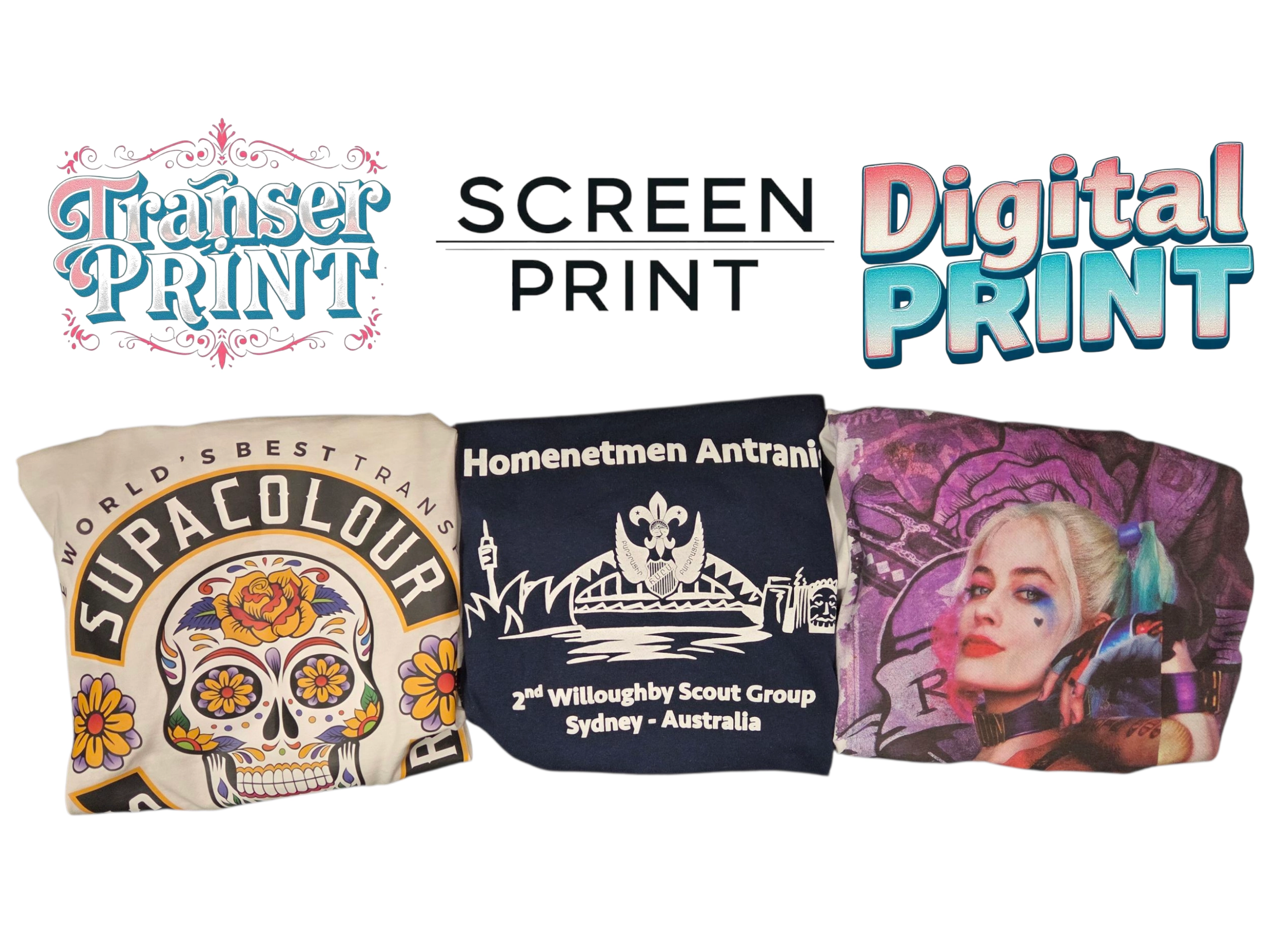
Disadvantages of Using This Method ⚠️
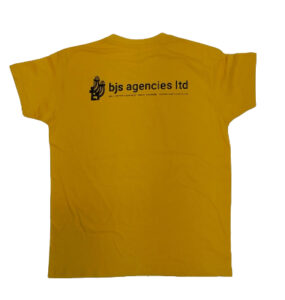
Branded Tee Shirt – Screen Printed
While screen printing on fabric has its advantages, there are limitations that you should consider before opting for this method:
- Not Ideal for Small Runs: Since each colour from your chosen logo or artwork requires individual screens, the setup costs might be impractical for small orders.
- Limited Colour Complexity: Each additional colour requires a separate screen, making intricate, full-colour or gradient-heavy designs more challenging and expensive.
- Ink Thickness Can Alter Fabric Feel: Heavy ink layers can make some fabrics feel stiff, especially if large areas are printed.
- Not Suitable for Stretchy Materials: Materials like Spandex, Lycra, and other stretch materials can cause the ink to crack over time.
- Requires a Flat Printing Surface: Raised seams, zippers, or buttons can interfere with the screen printing process, causing uneven prints.
Examples of Promotional Products Using This Technique 🏷️
Some of the common branded merchandise that uses screen printing on fabric are:

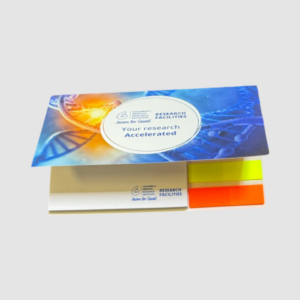
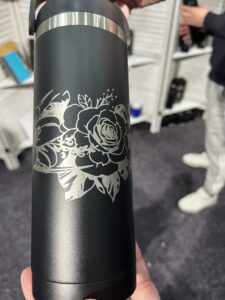





 Sale
Sale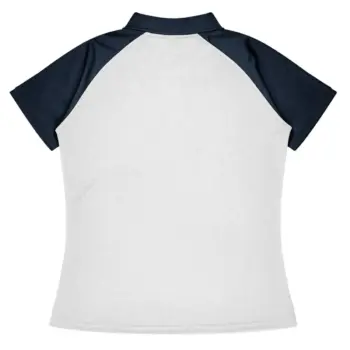
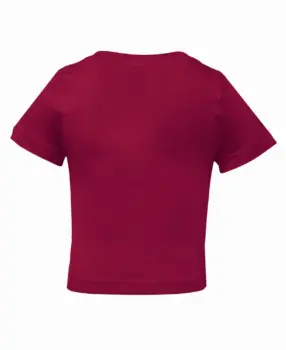
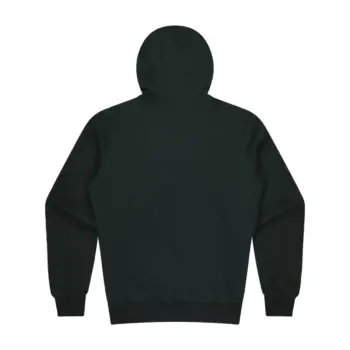
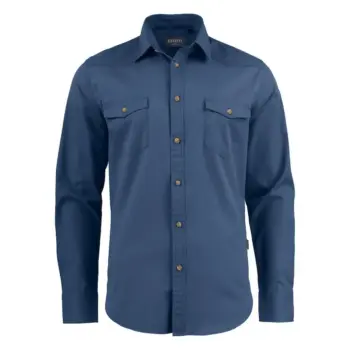
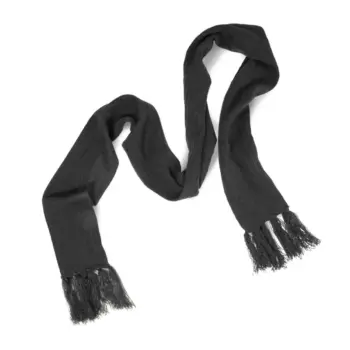
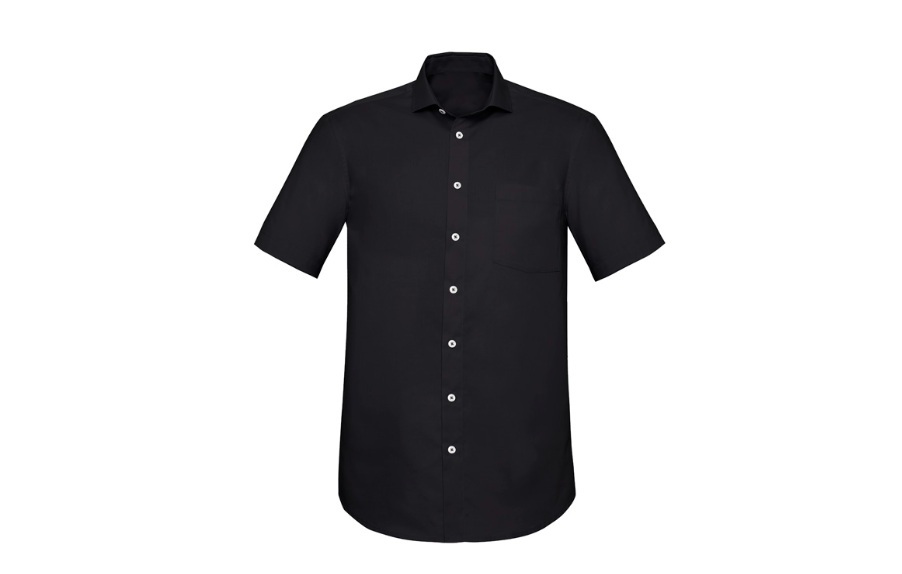 Corporate Uniforms
Corporate Uniforms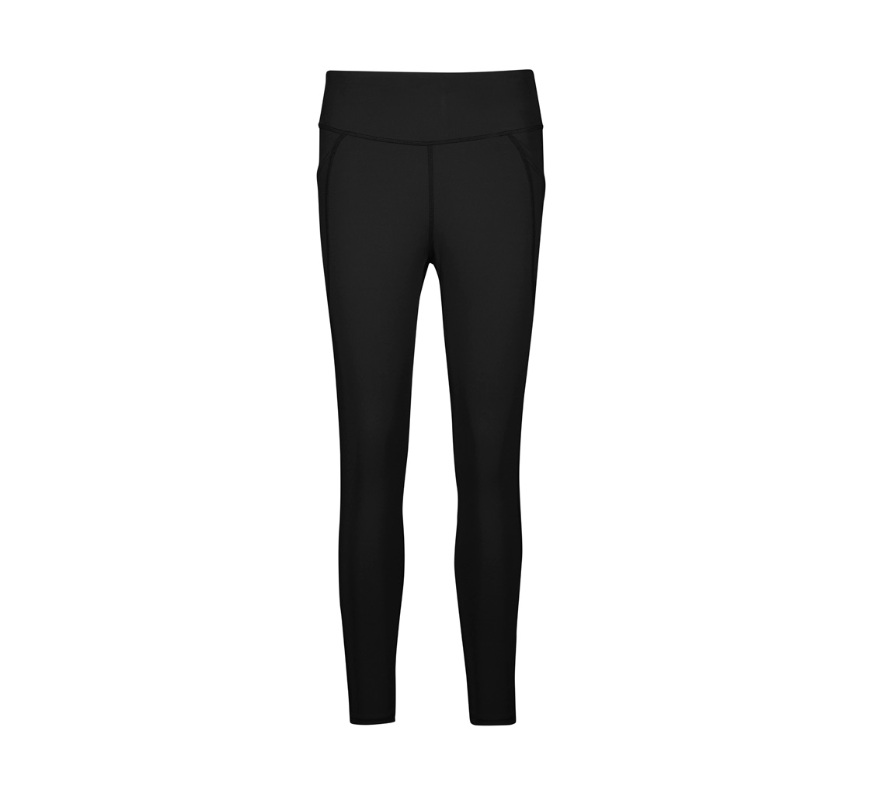 Eco Apparel
Eco Apparel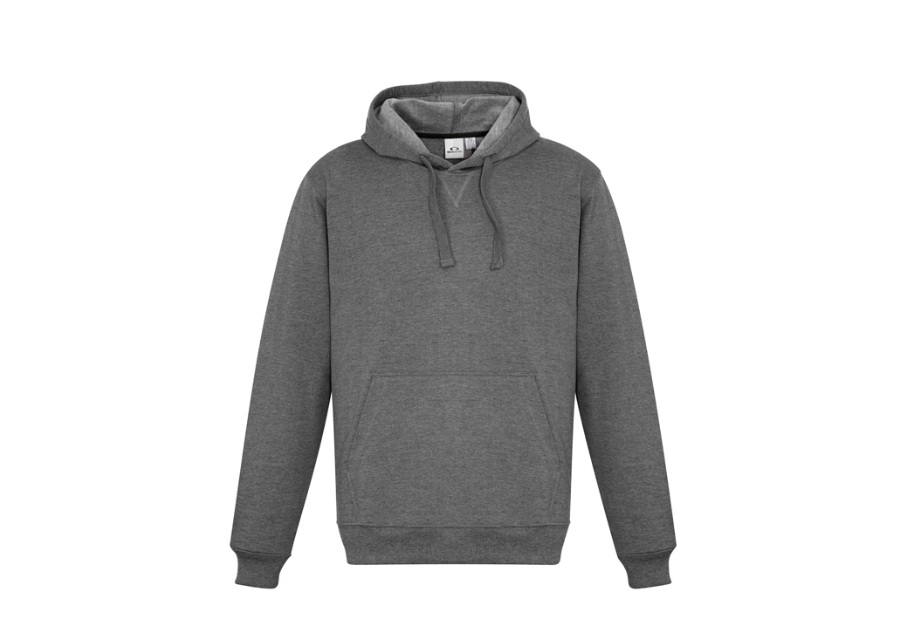 Hoodies & Sweaters
Hoodies & Sweaters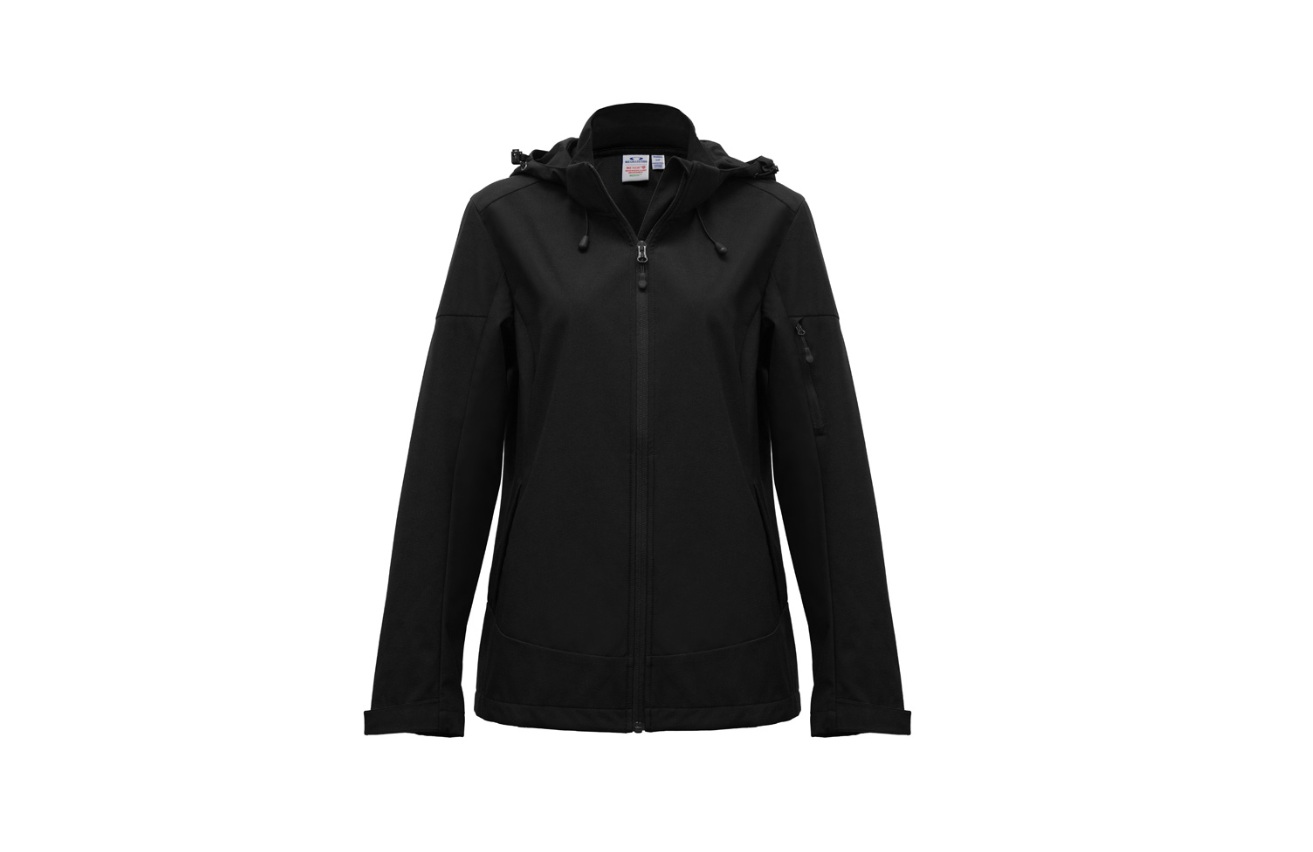 Jackets
Jackets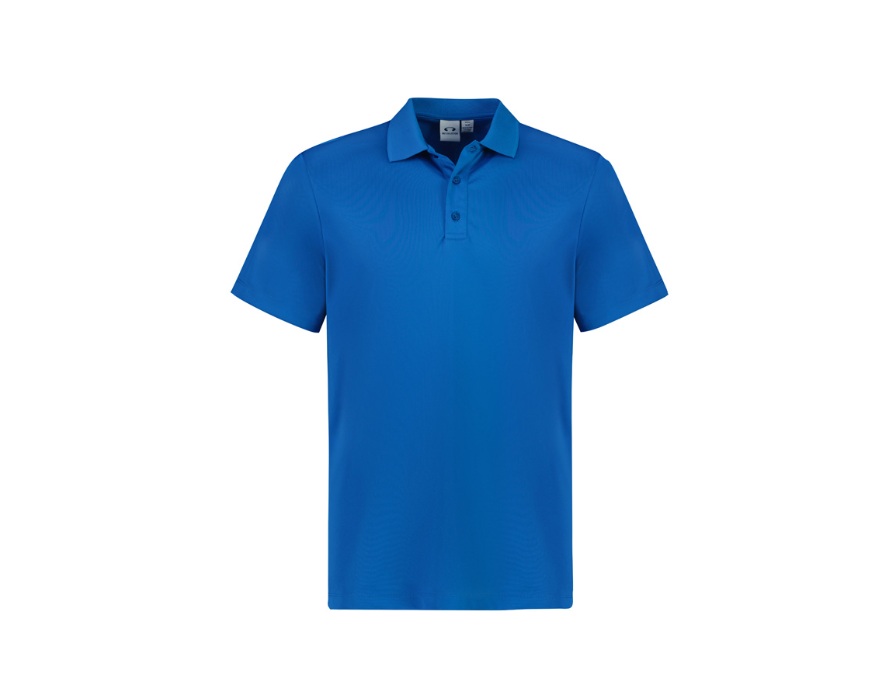 Kids' Clothes
Kids' Clothes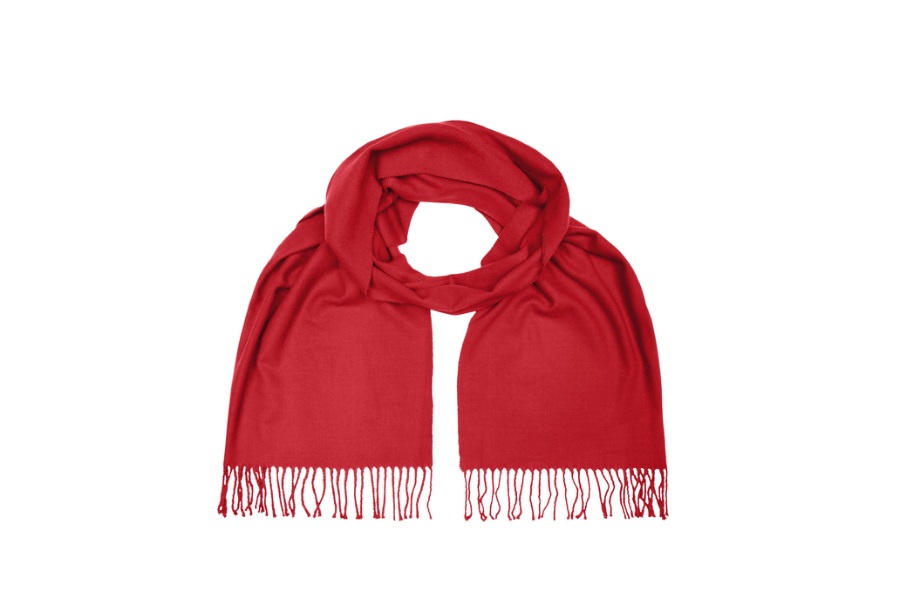 Other Apparel
Other Apparel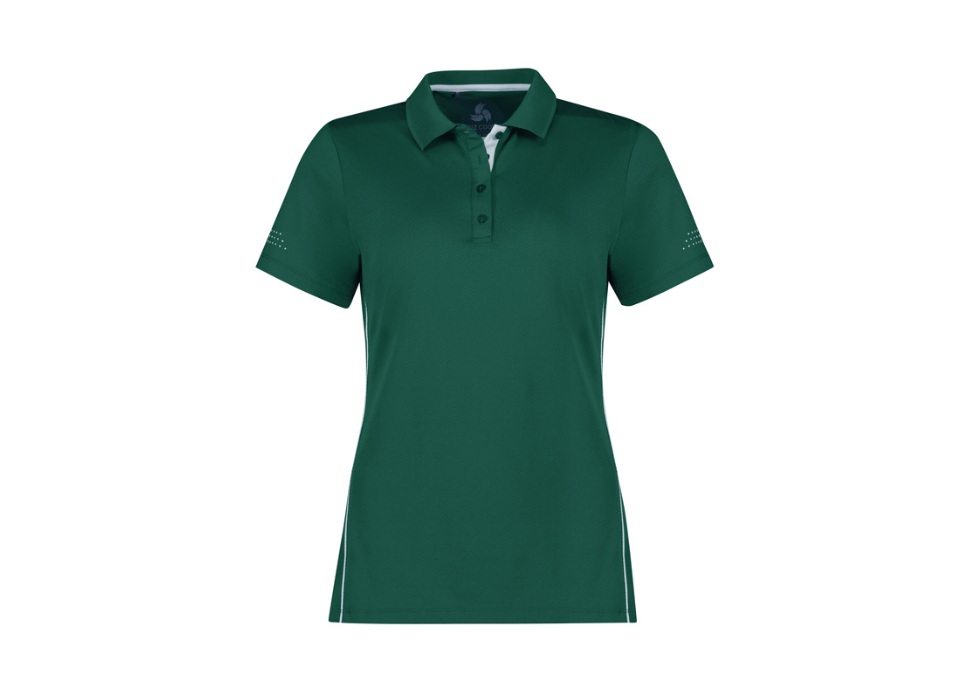 Polo Shirts
Polo Shirts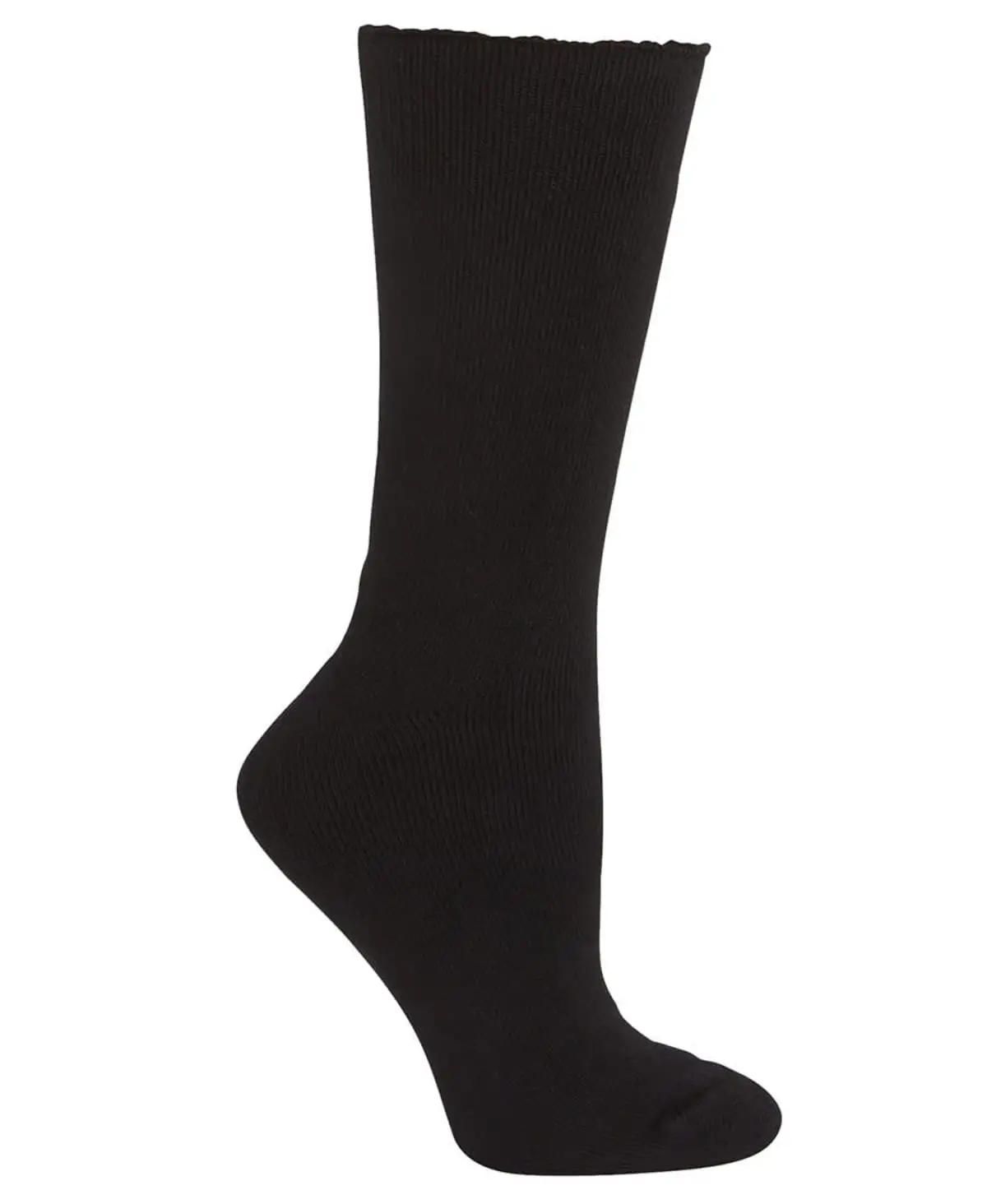 Socks
Socks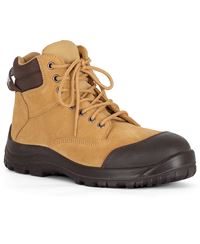 Shoes
Shoes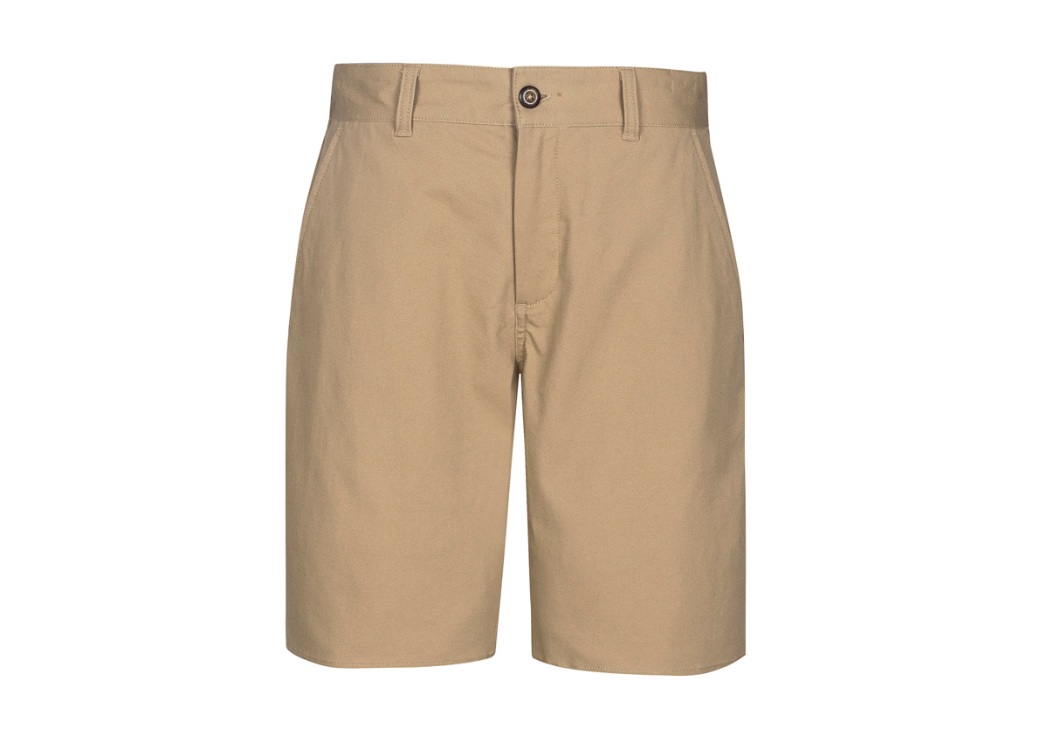 Sports Bottoms
Sports Bottoms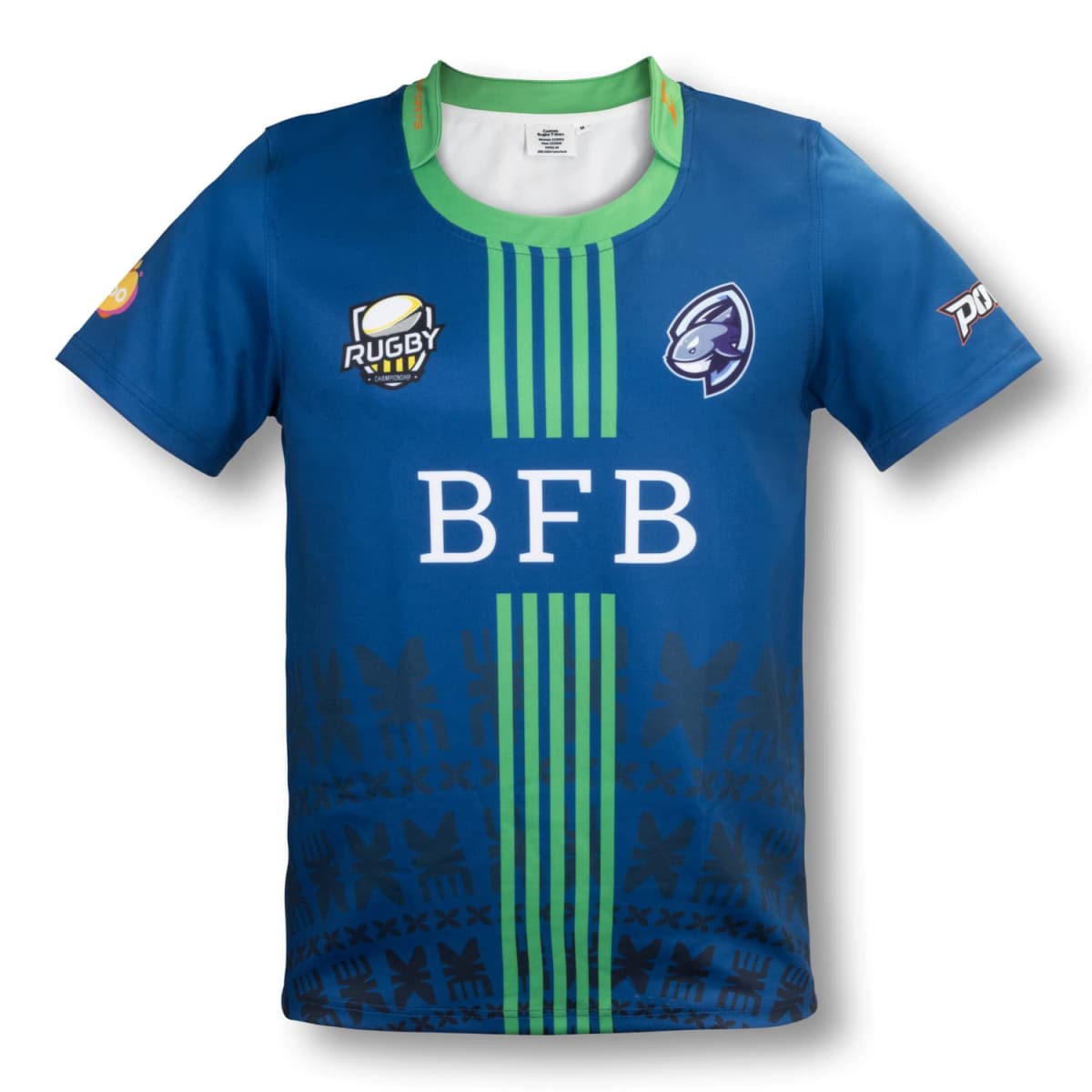 Sports Uniforms
Sports Uniforms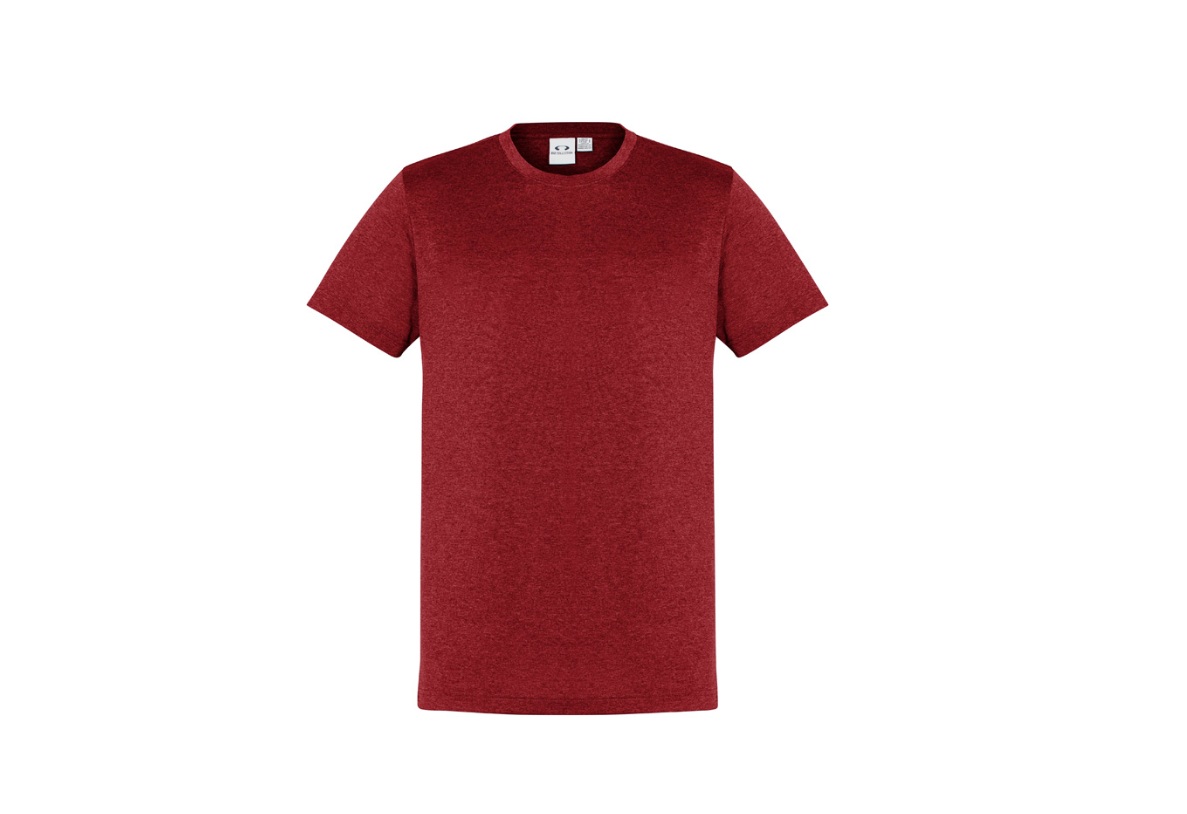 Tee Shirts
Tee Shirts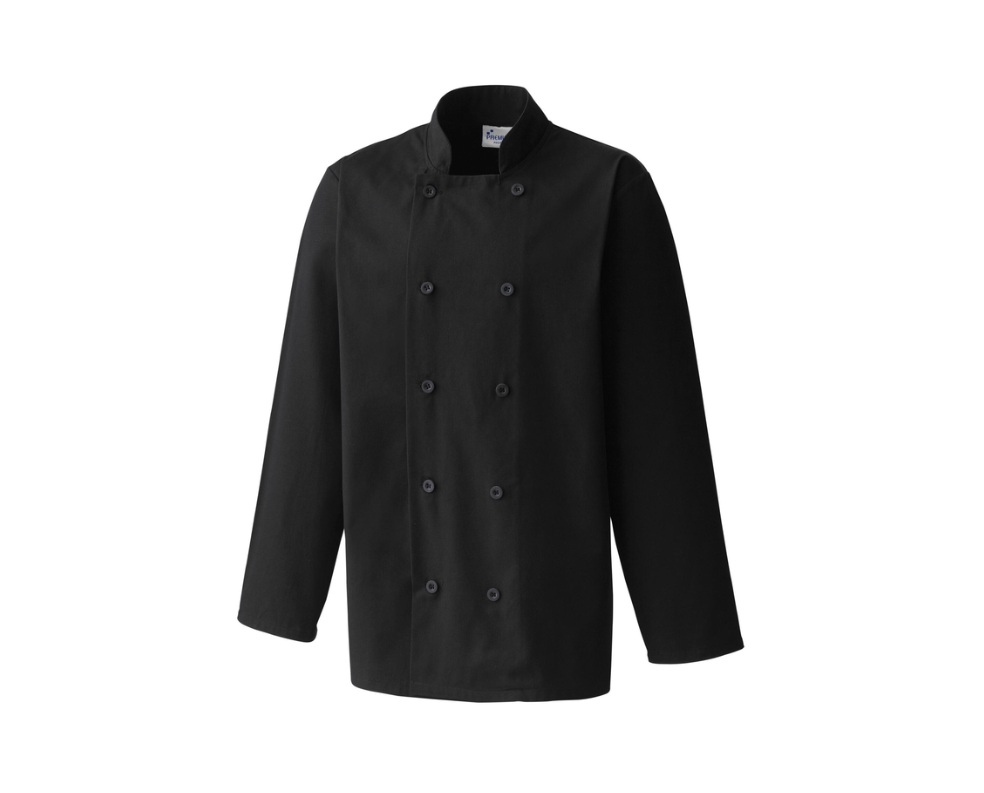 Workwear
Workwear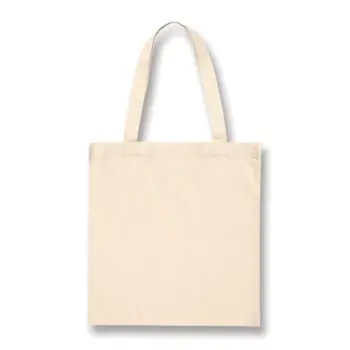
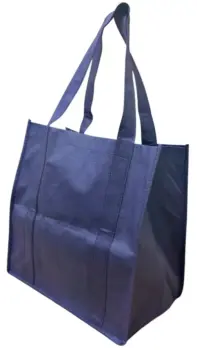
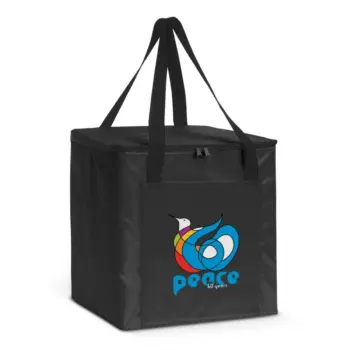
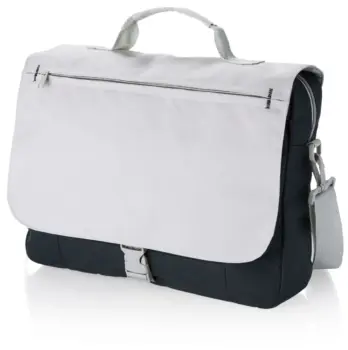
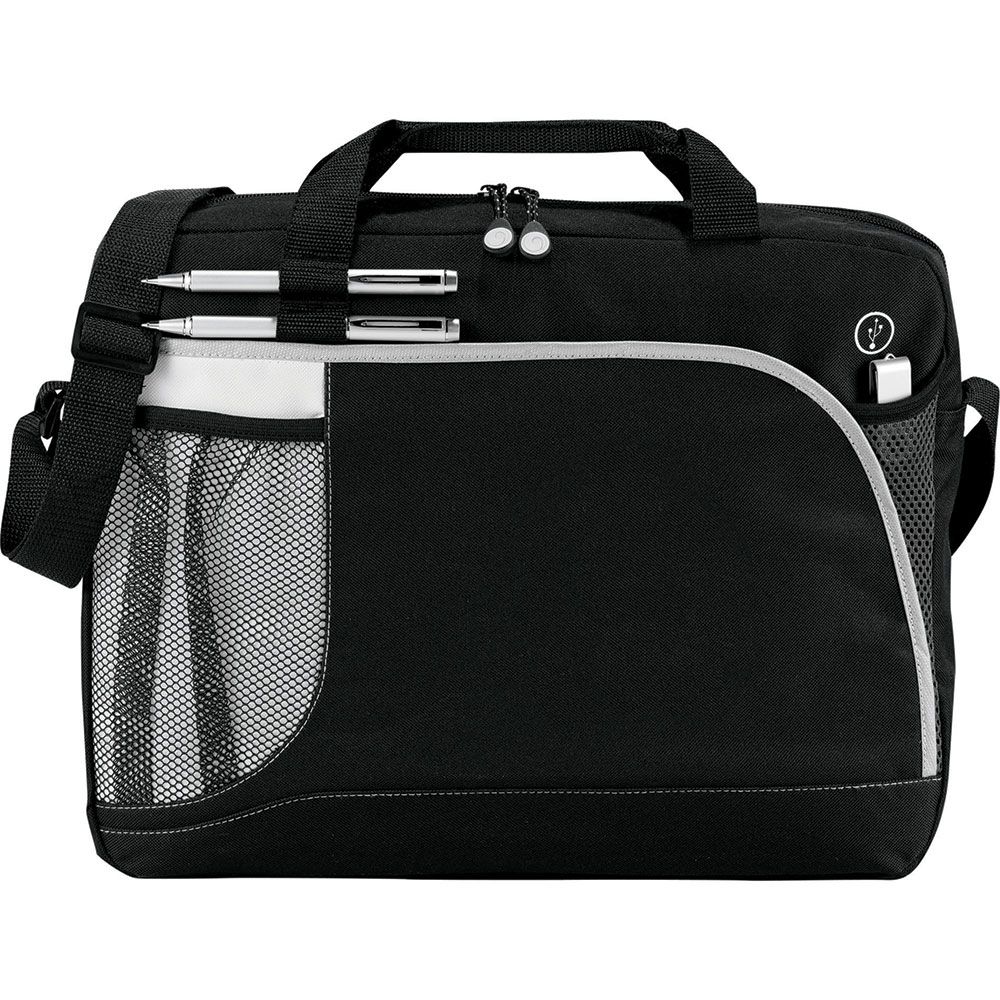 Briefcases
Briefcases Dry Bags
Dry Bags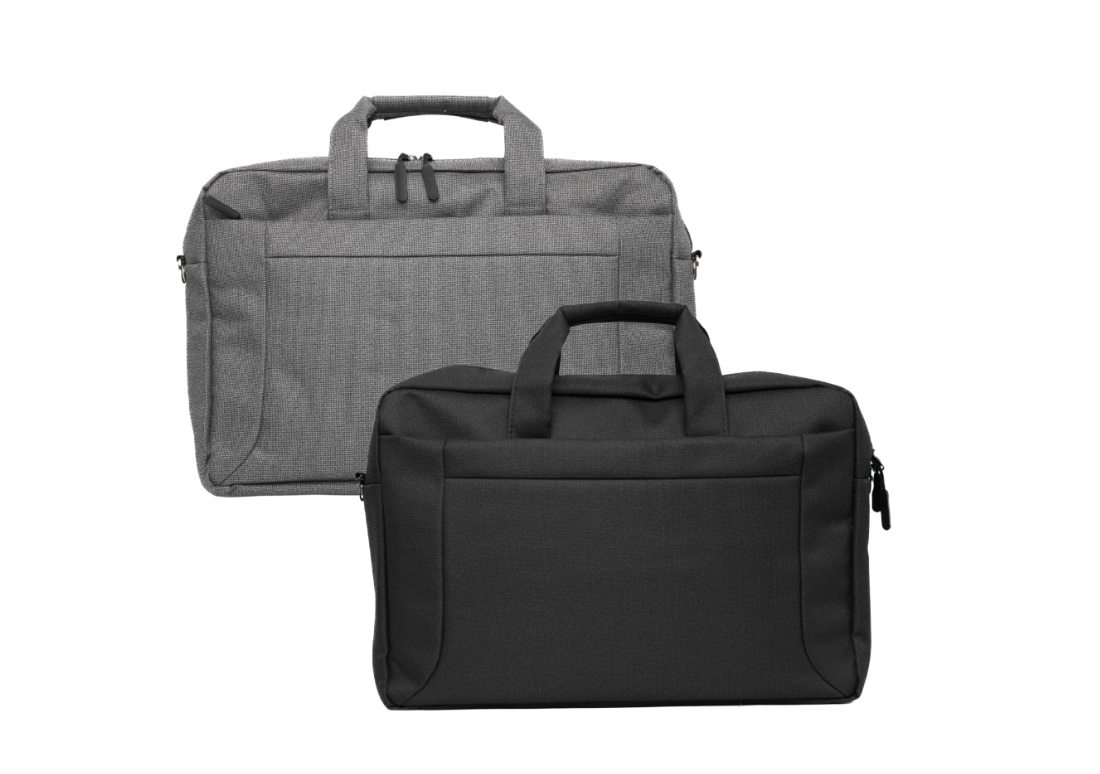 Laptop
Laptop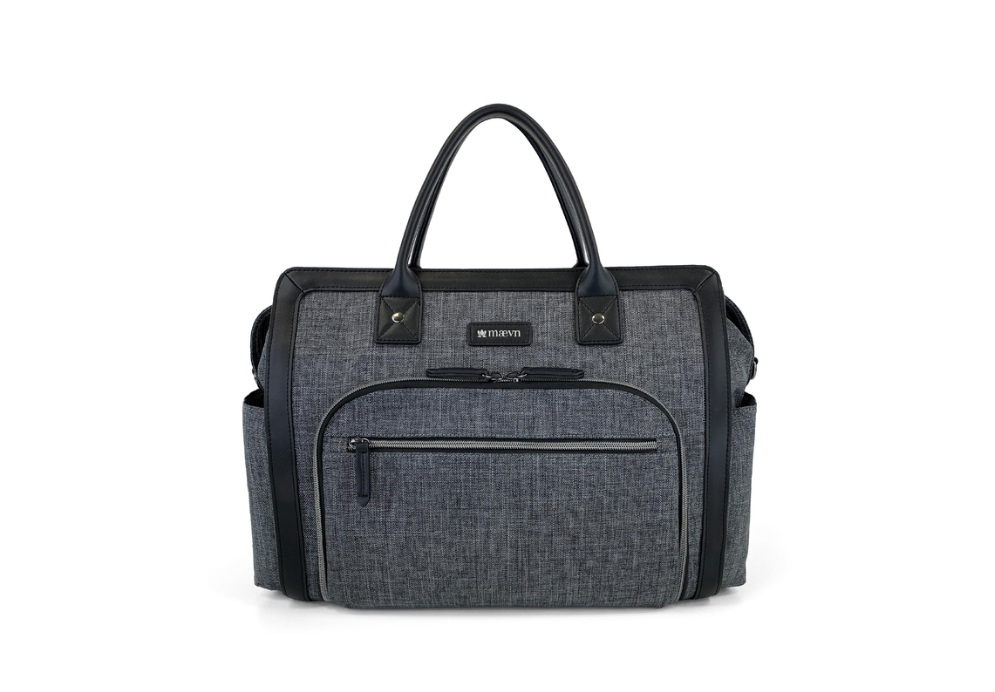 Satchels
Satchels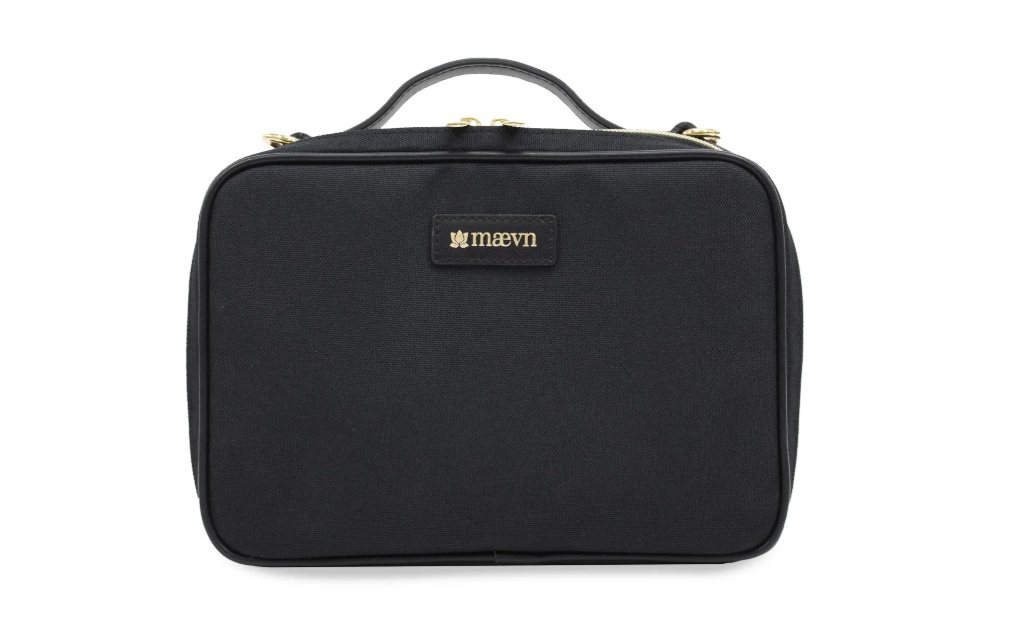 Specialised Bags
Specialised Bags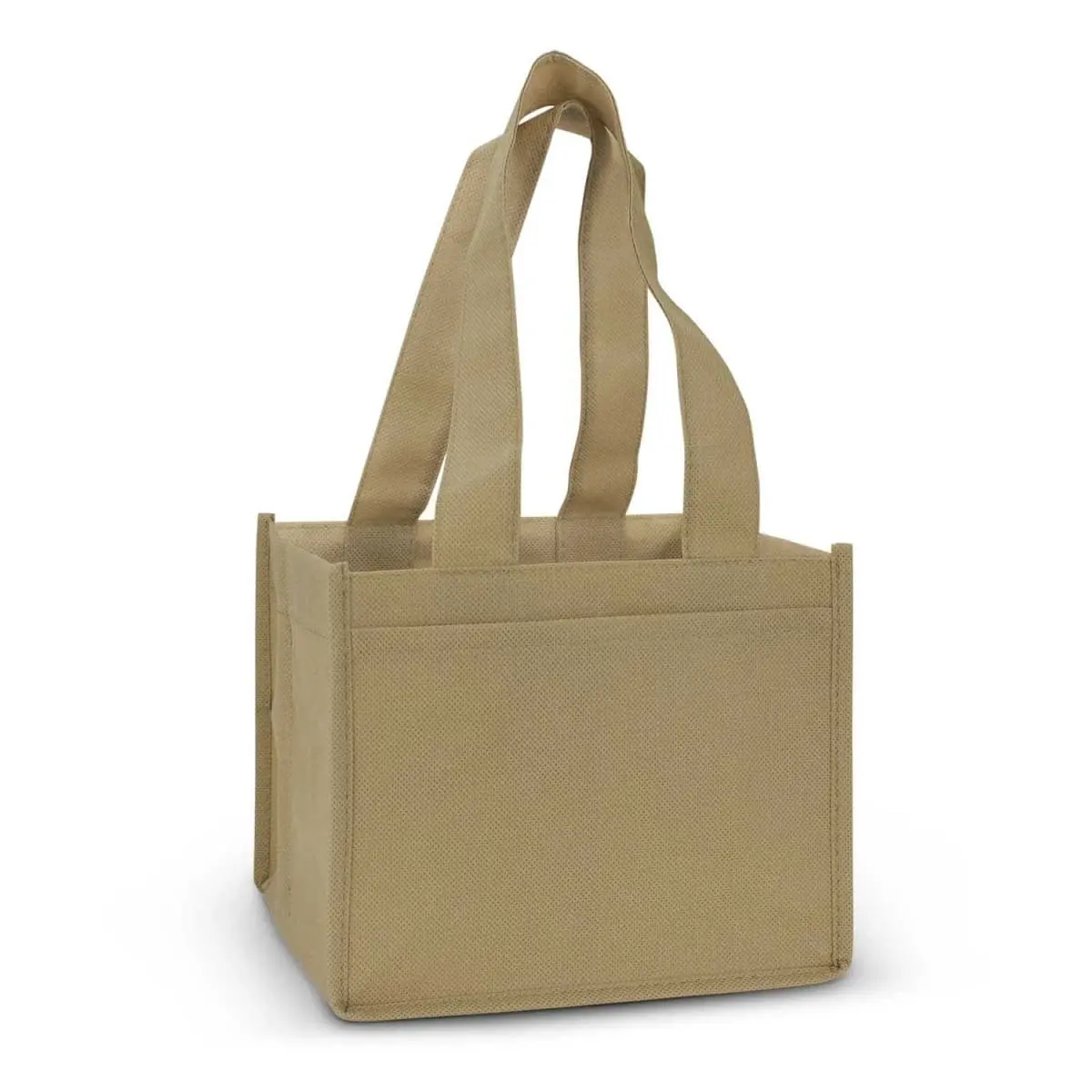 Tote Bags
Tote Bags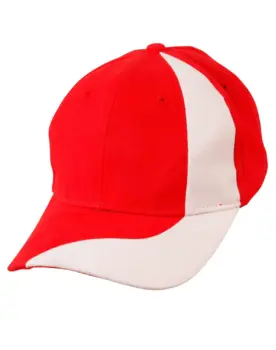
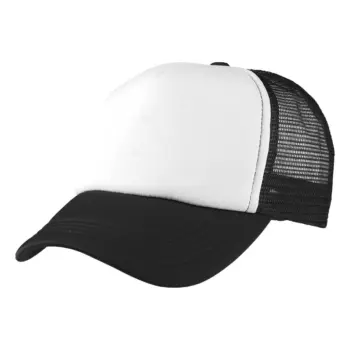

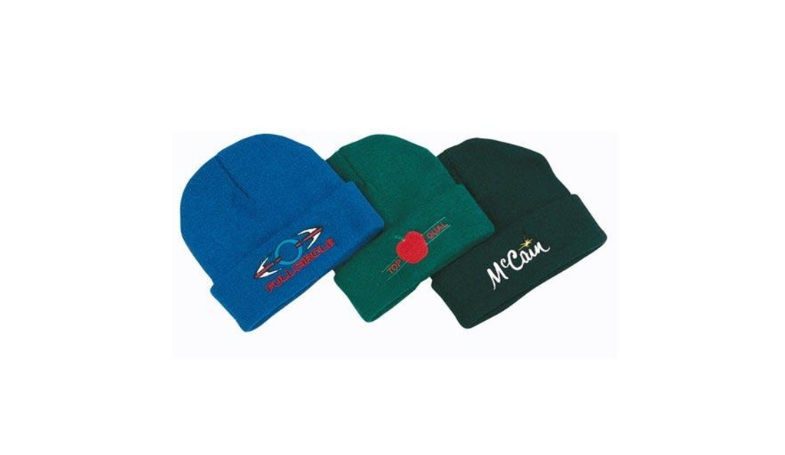 Beanies
Beanies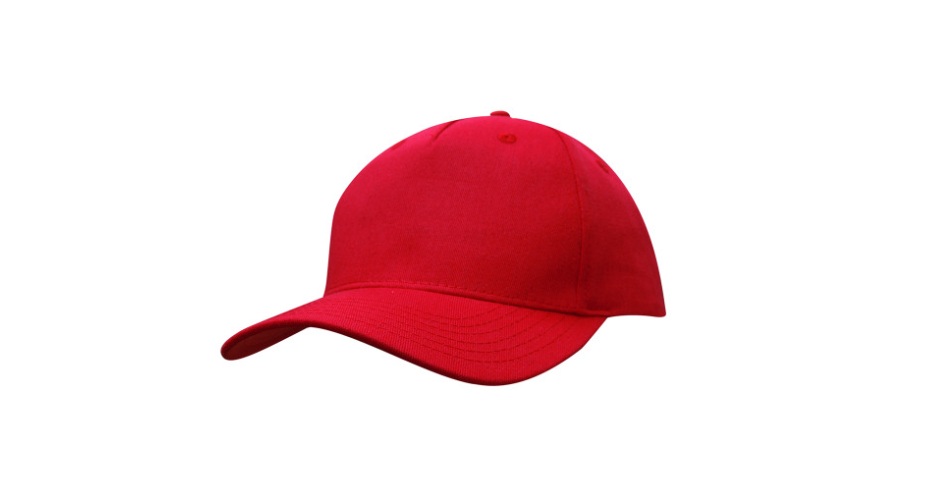 Caps
Caps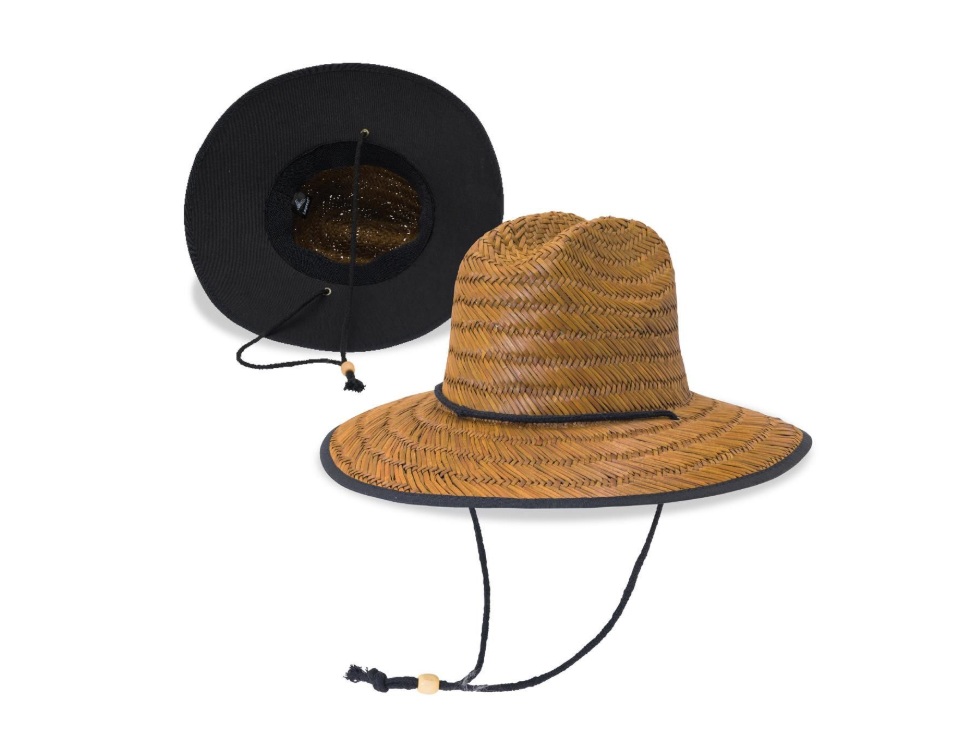 Straw Hats
Straw Hats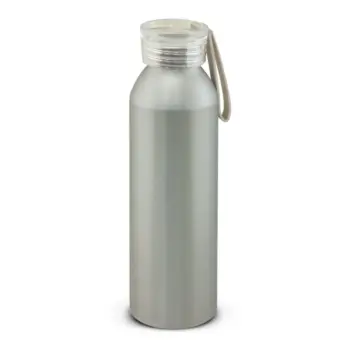
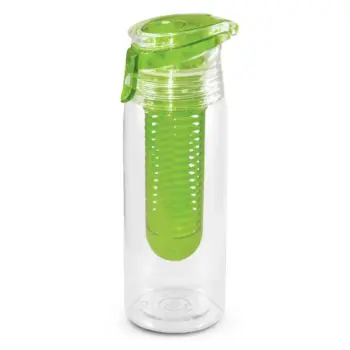
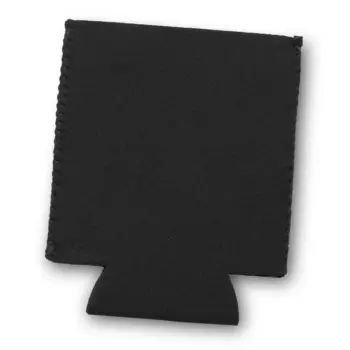
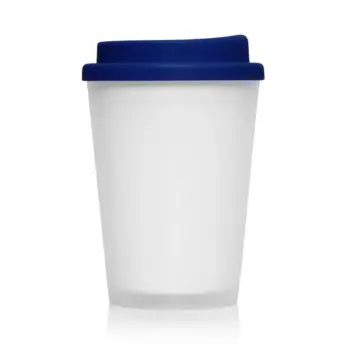
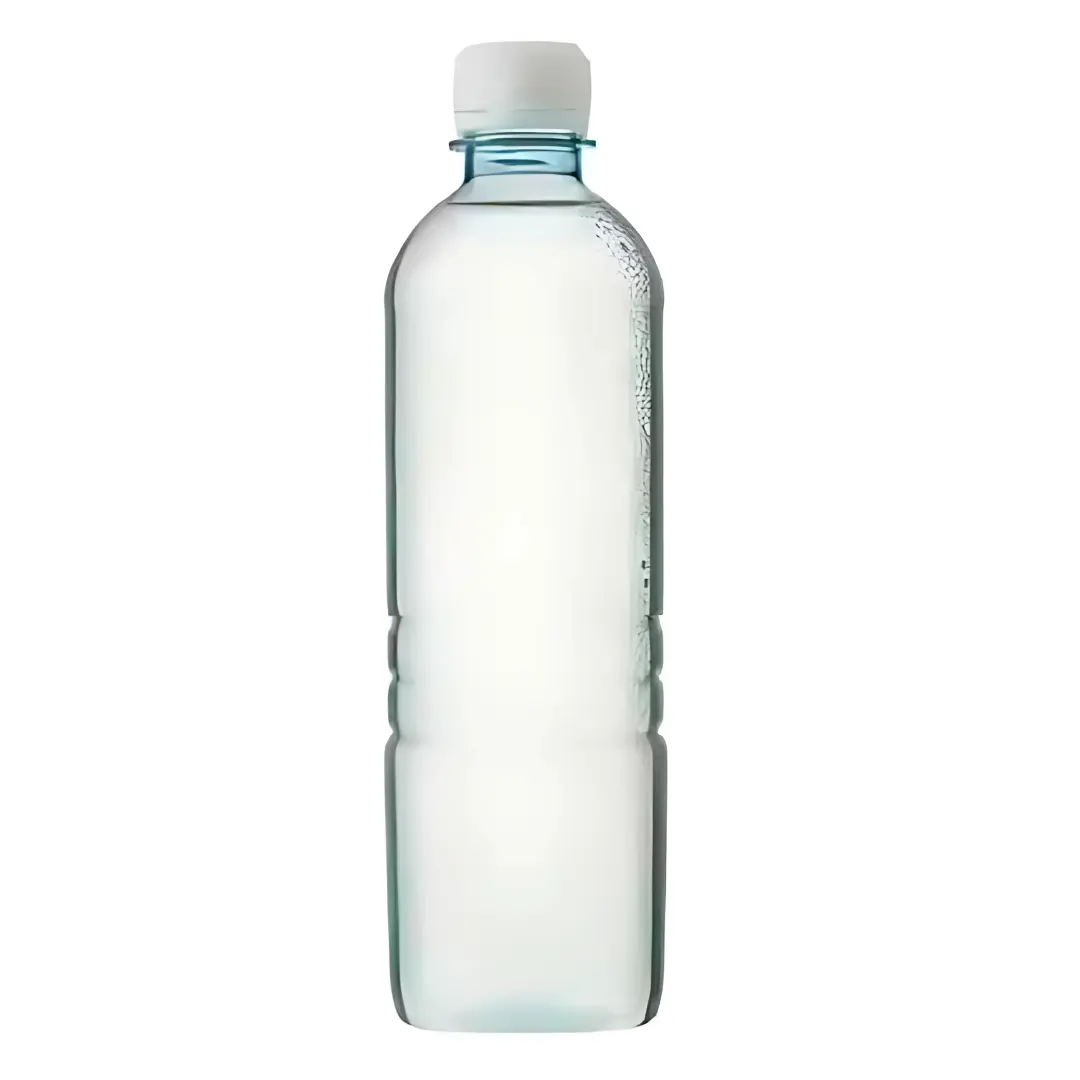 Bottled Water
Bottled Water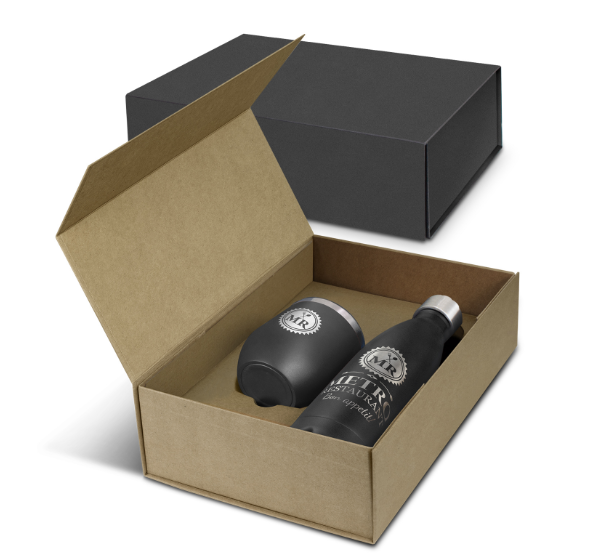 Drinkware Gift Sets
Drinkware Gift Sets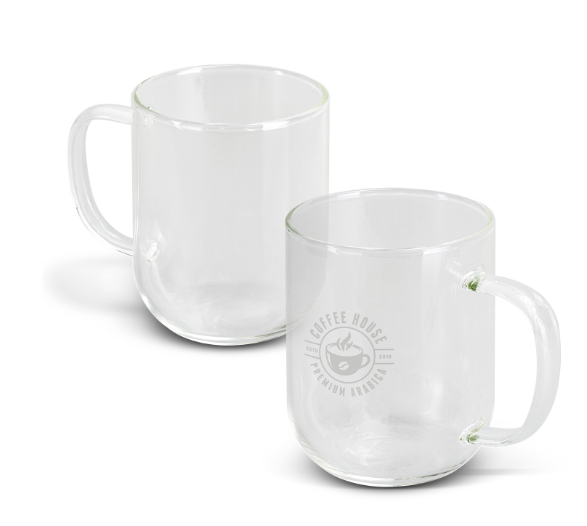 Glass & Poly Cups
Glass & Poly Cups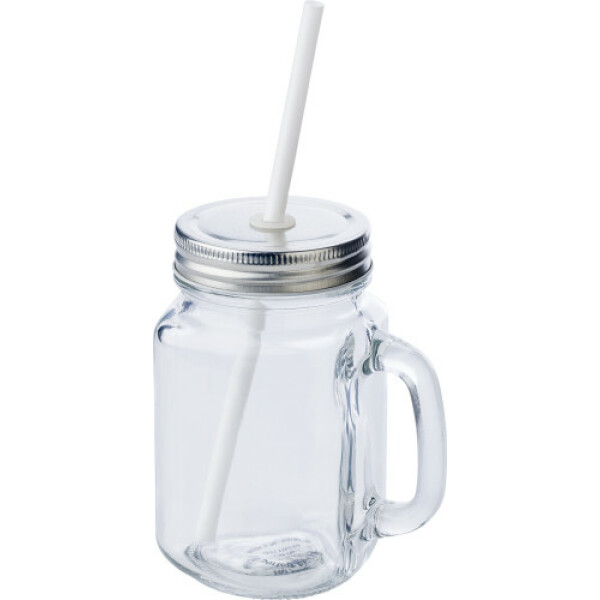 Mason Jars
Mason Jars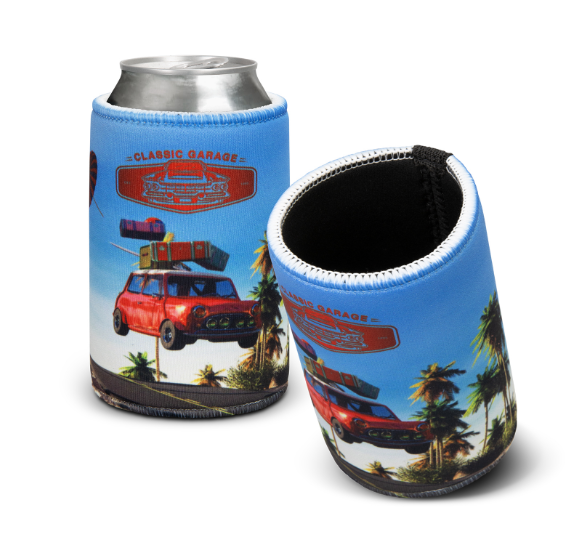 Stubby | Bar & Drinkware
Stubby | Bar & Drinkware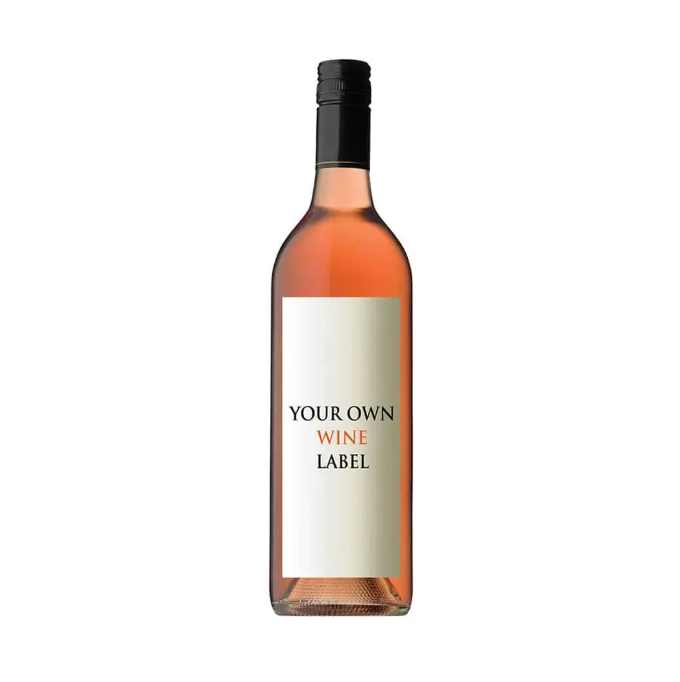 Wines
Wines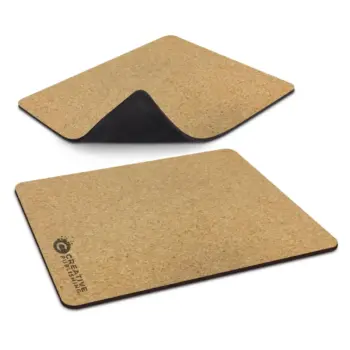


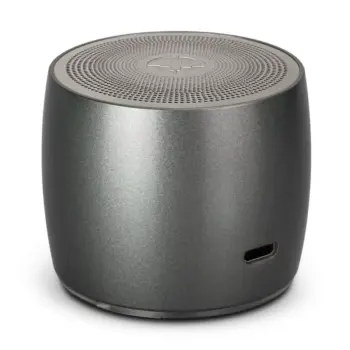
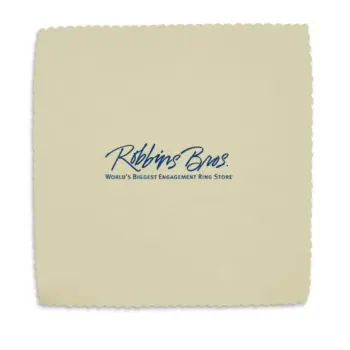
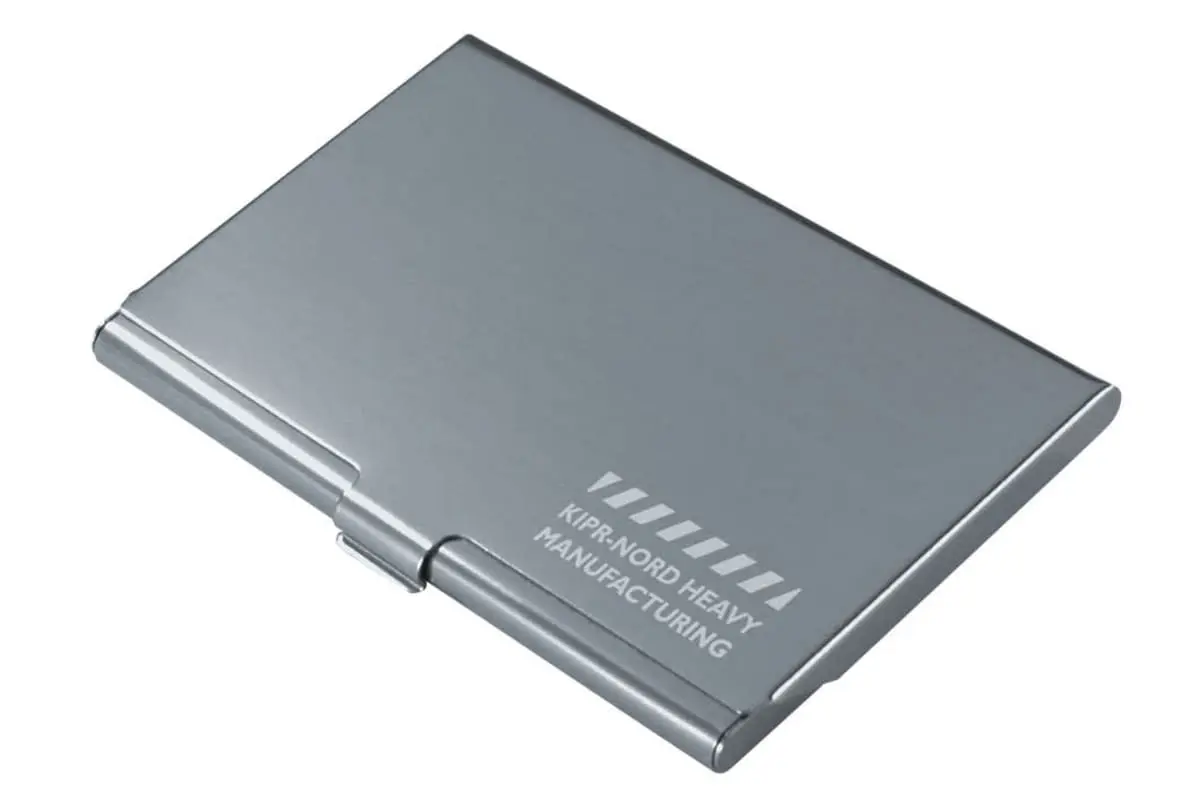 Business Card Holders
Business Card Holders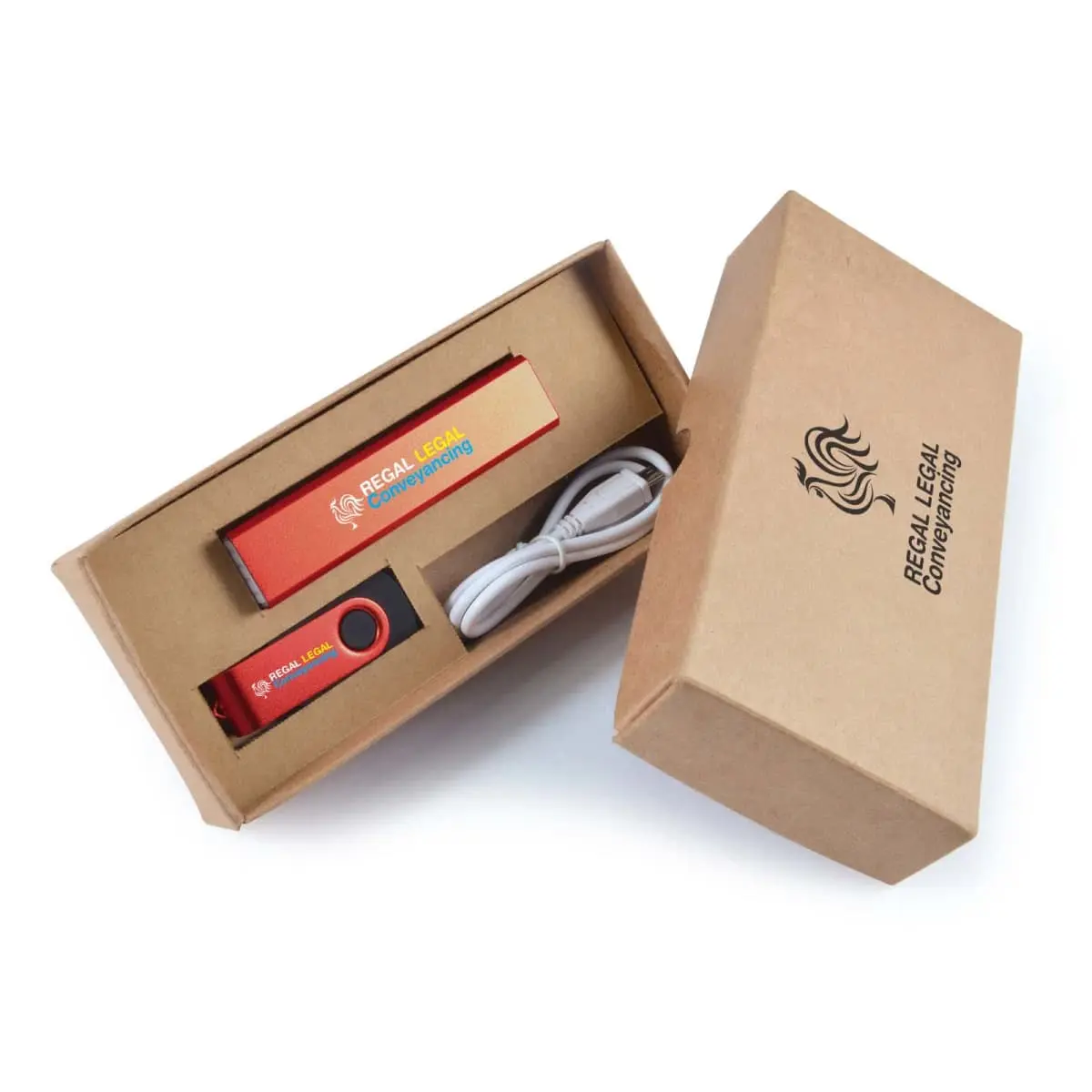 IT Gift Sets
IT Gift Sets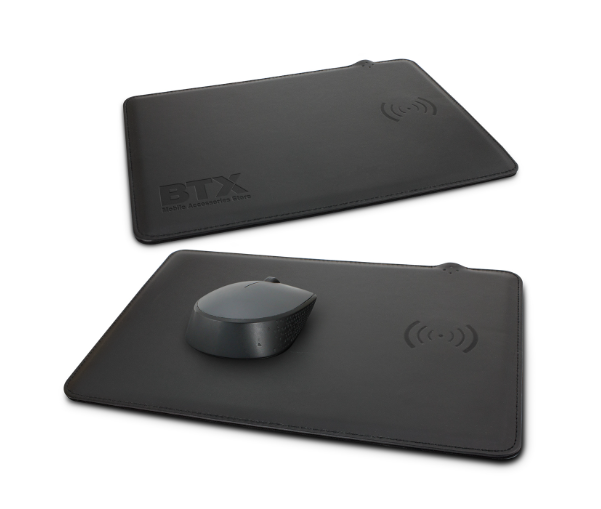 Tech Computers
Tech Computers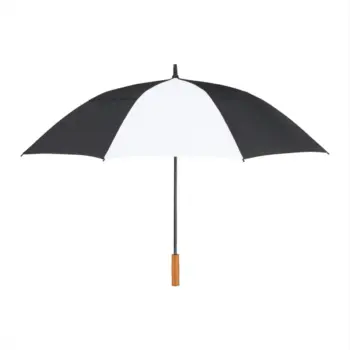
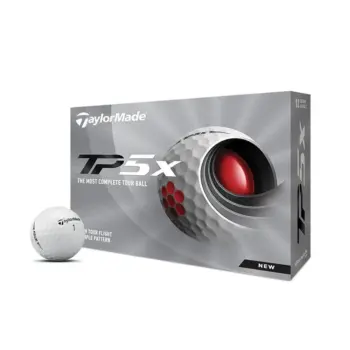
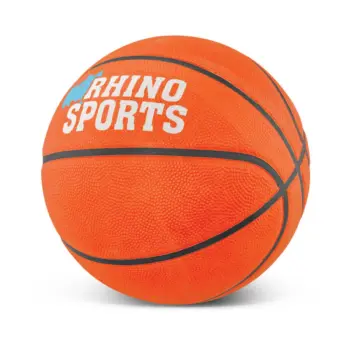


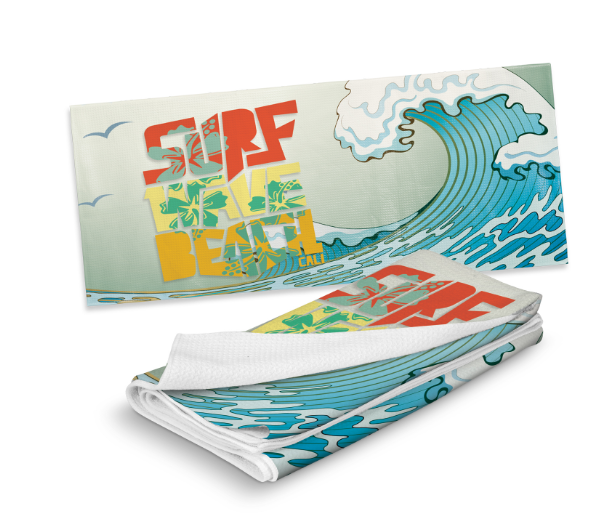 Beach Towels
Beach Towels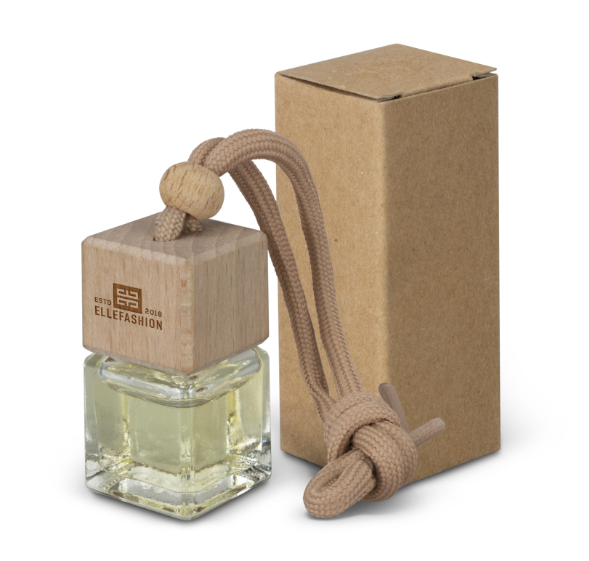 Car Accessories
Car Accessories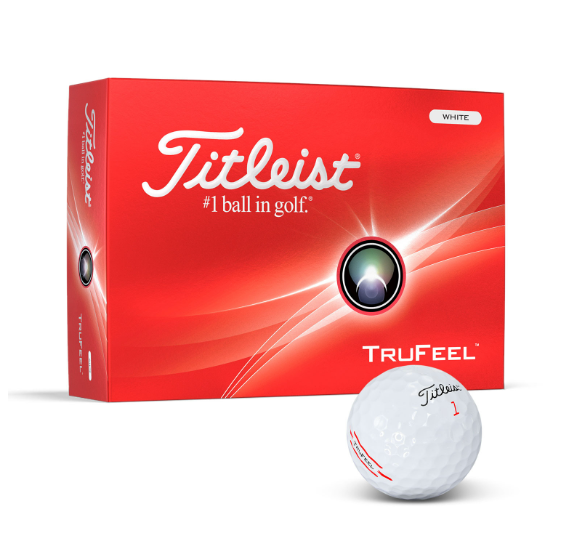 Golf
Golf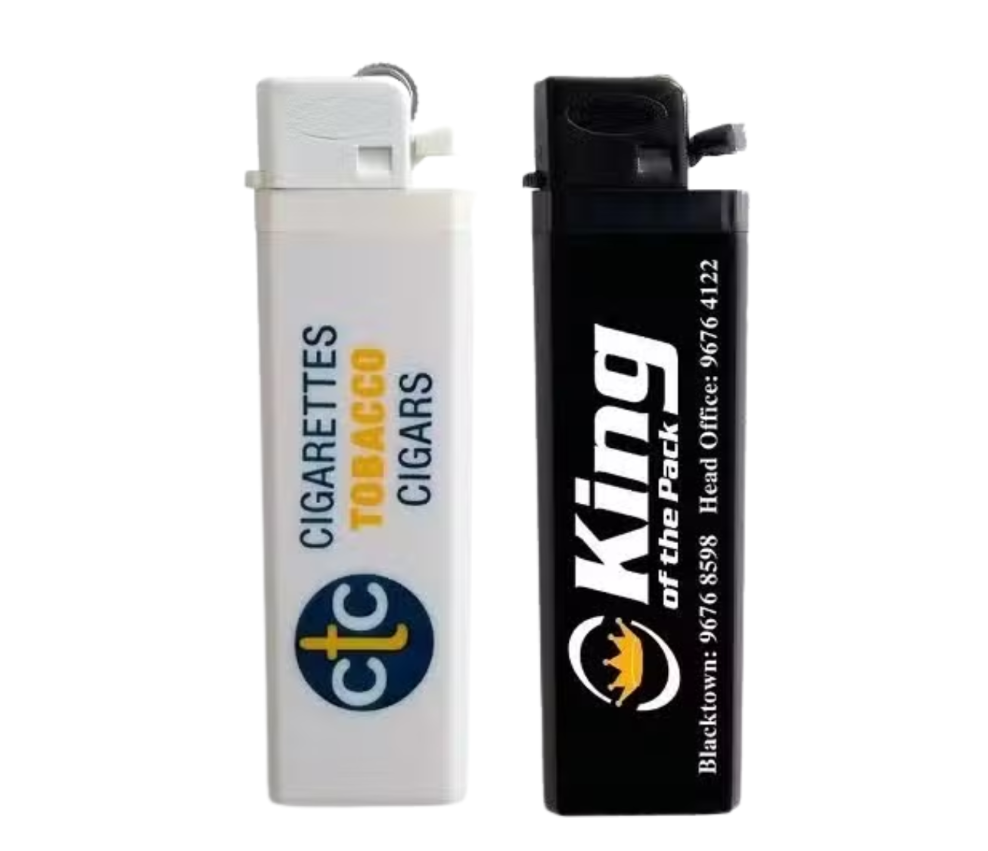 Lighters
Lighters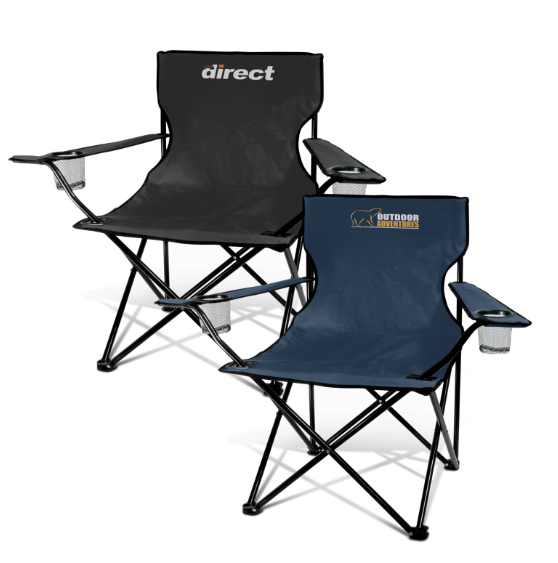 Picnic Gear
Picnic Gear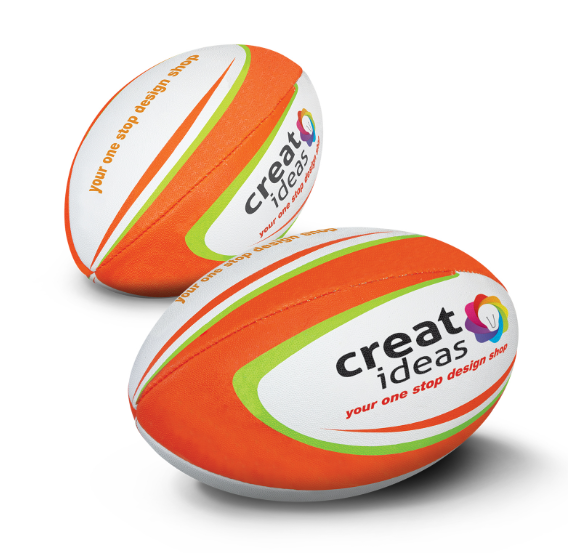 Sports Items
Sports Items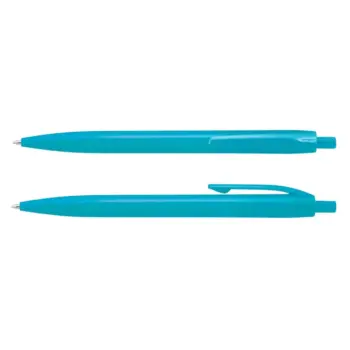
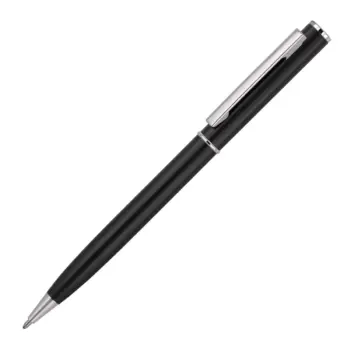
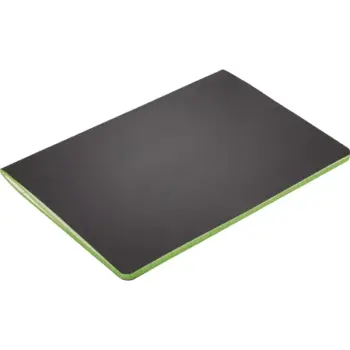
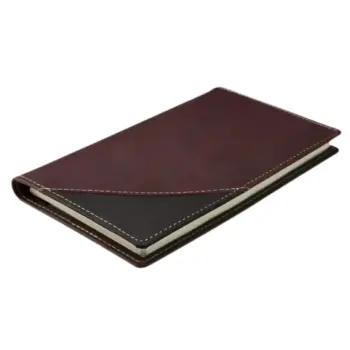
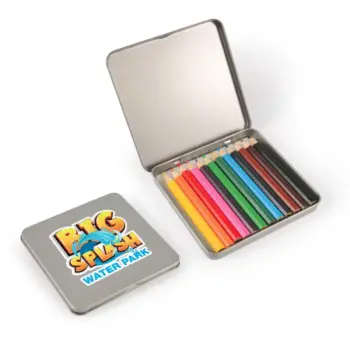
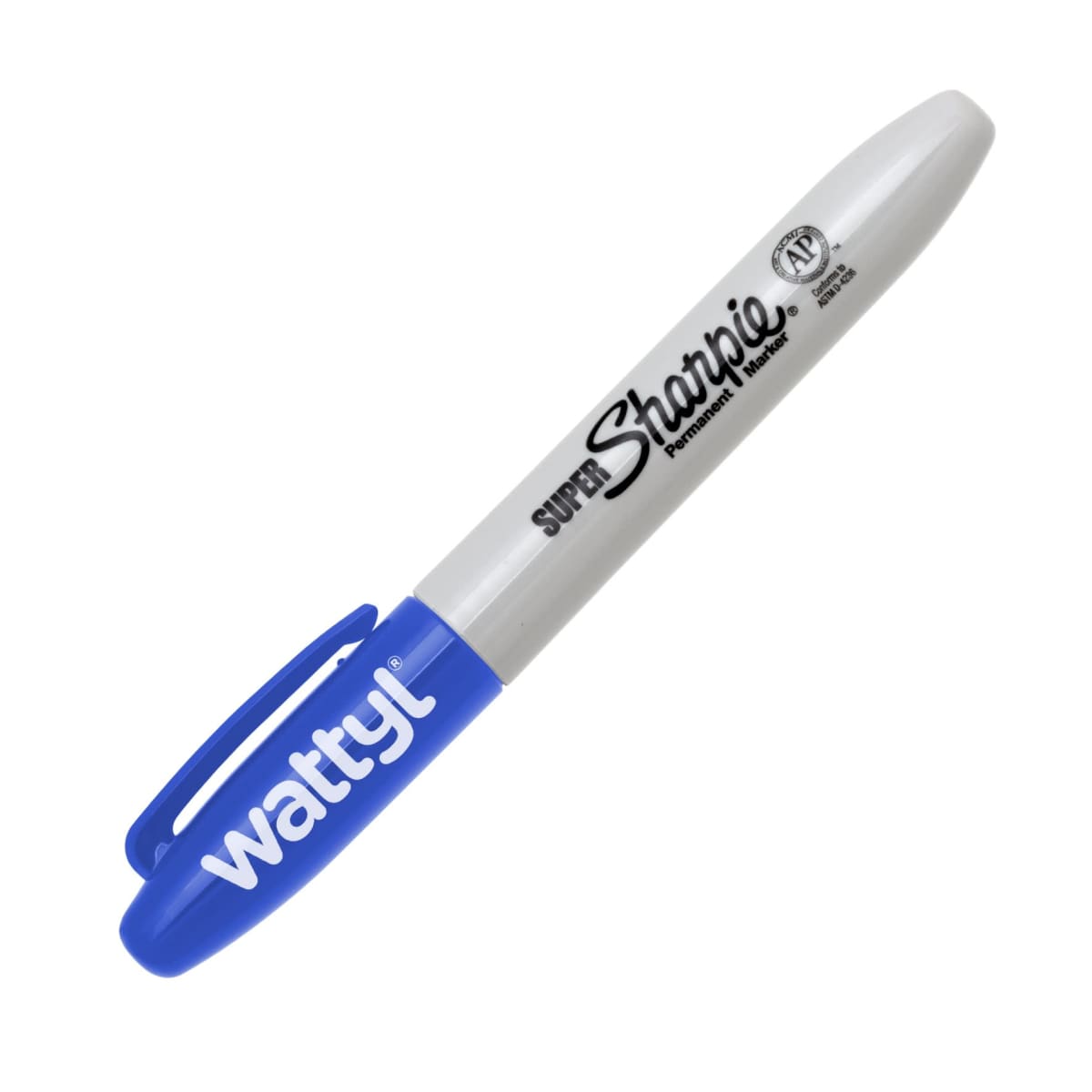 Markers
Markers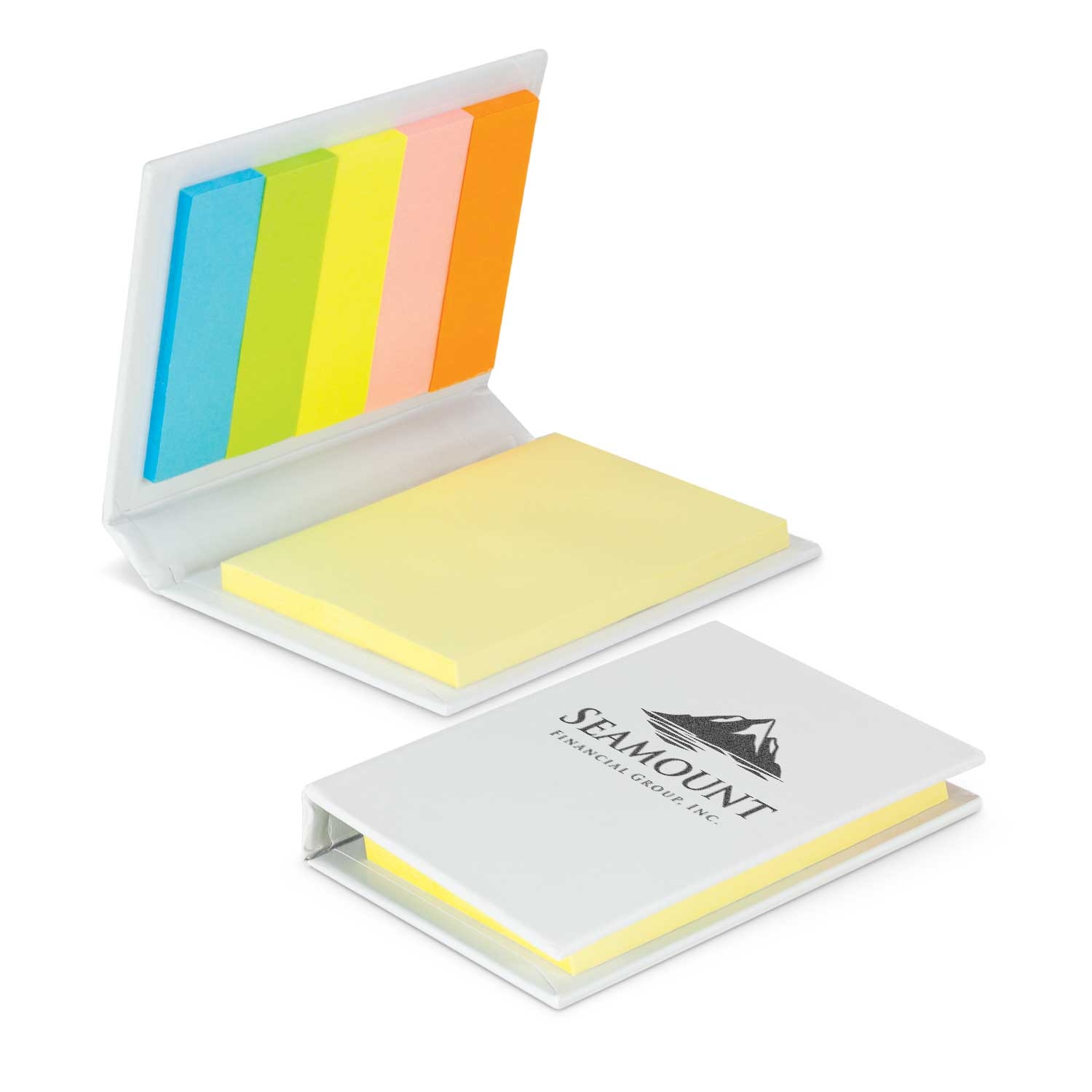 Post-It & Sticky Notes
Post-It & Sticky Notes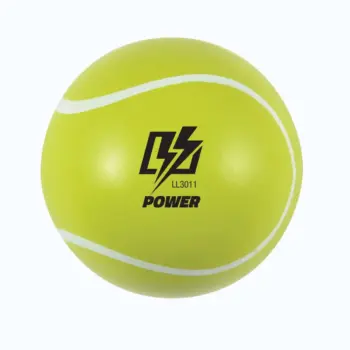
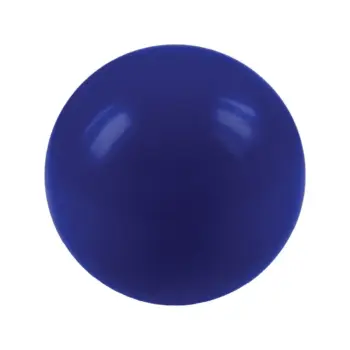

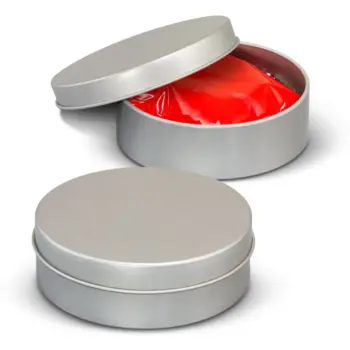
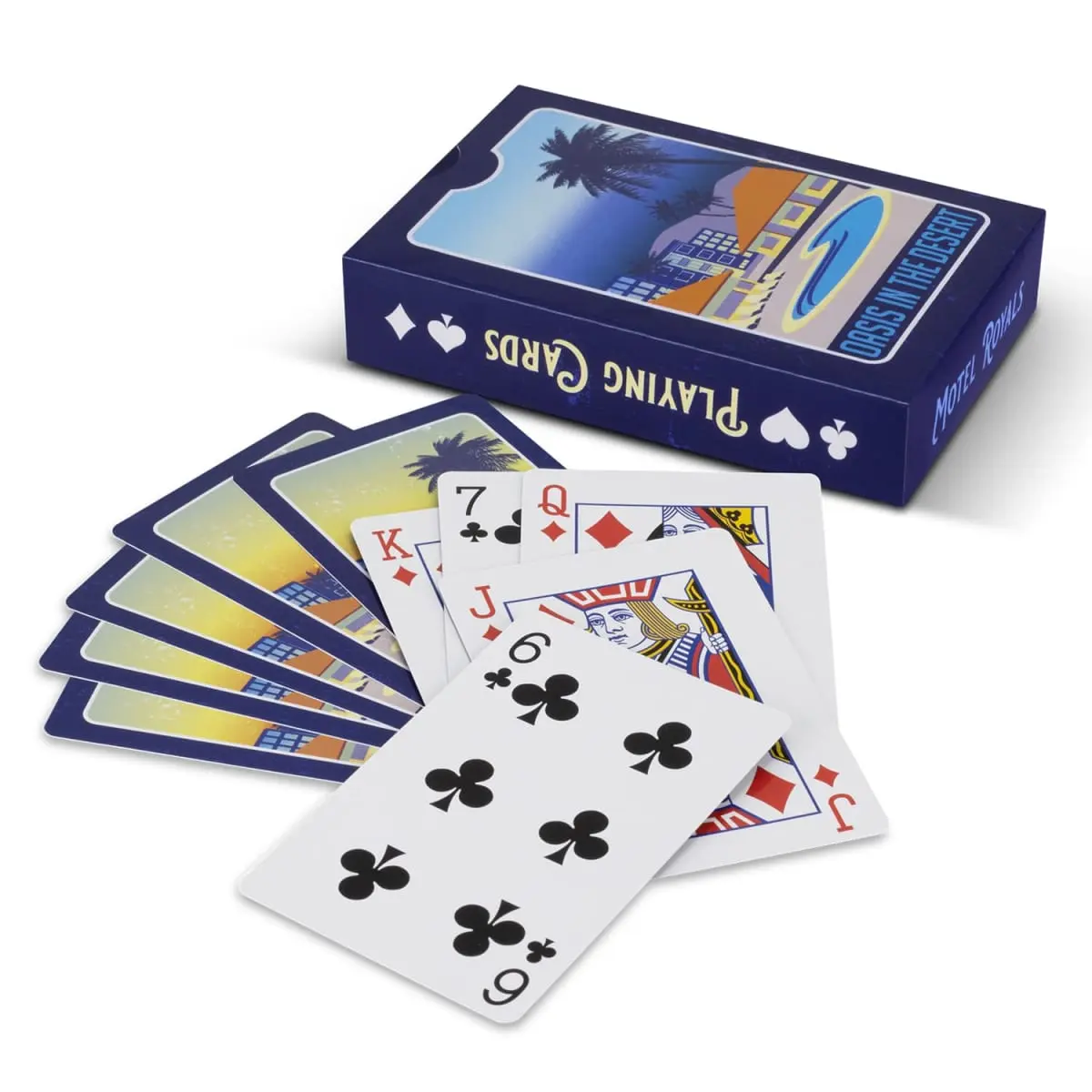 Card Decks
Card Decks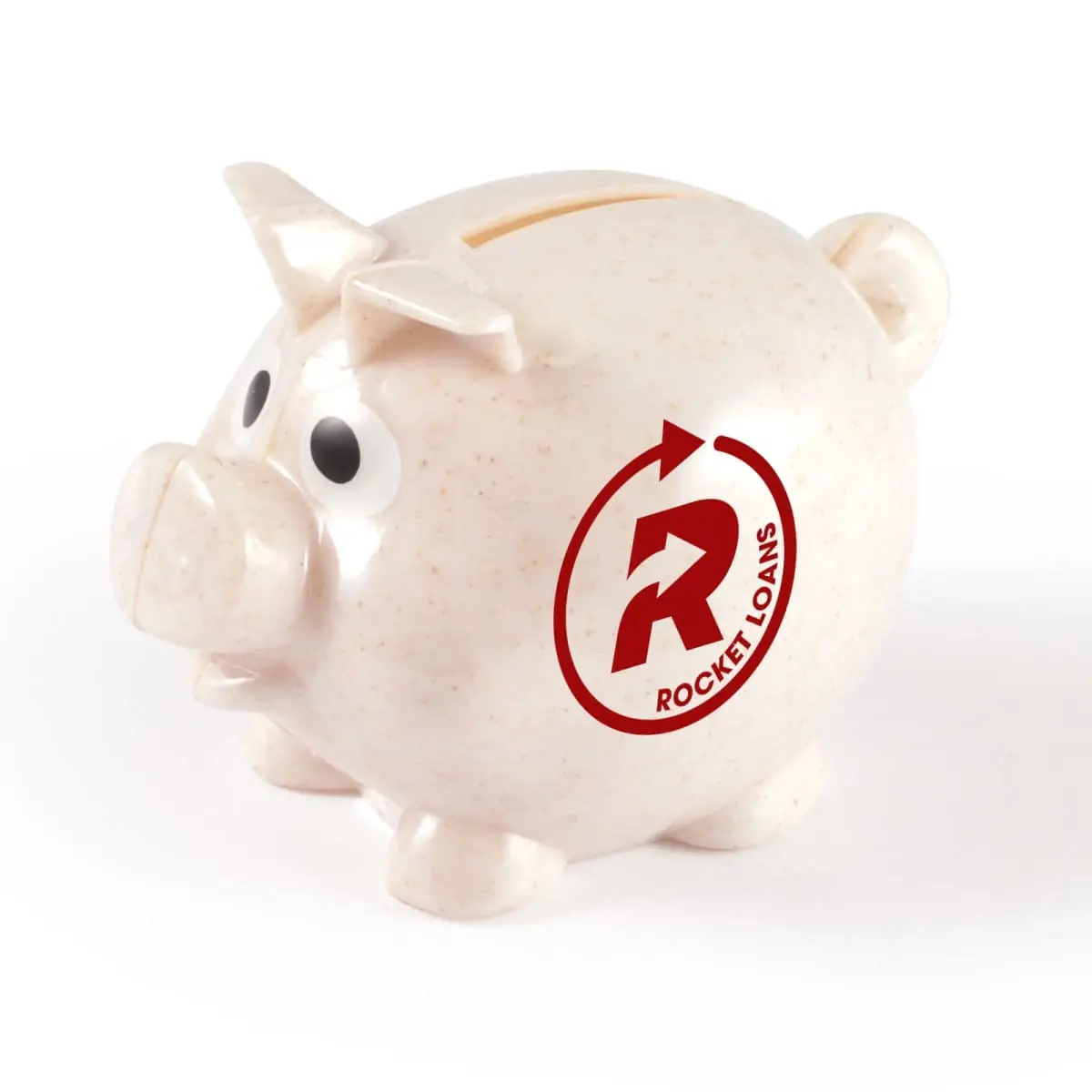 Coin Banks
Coin Banks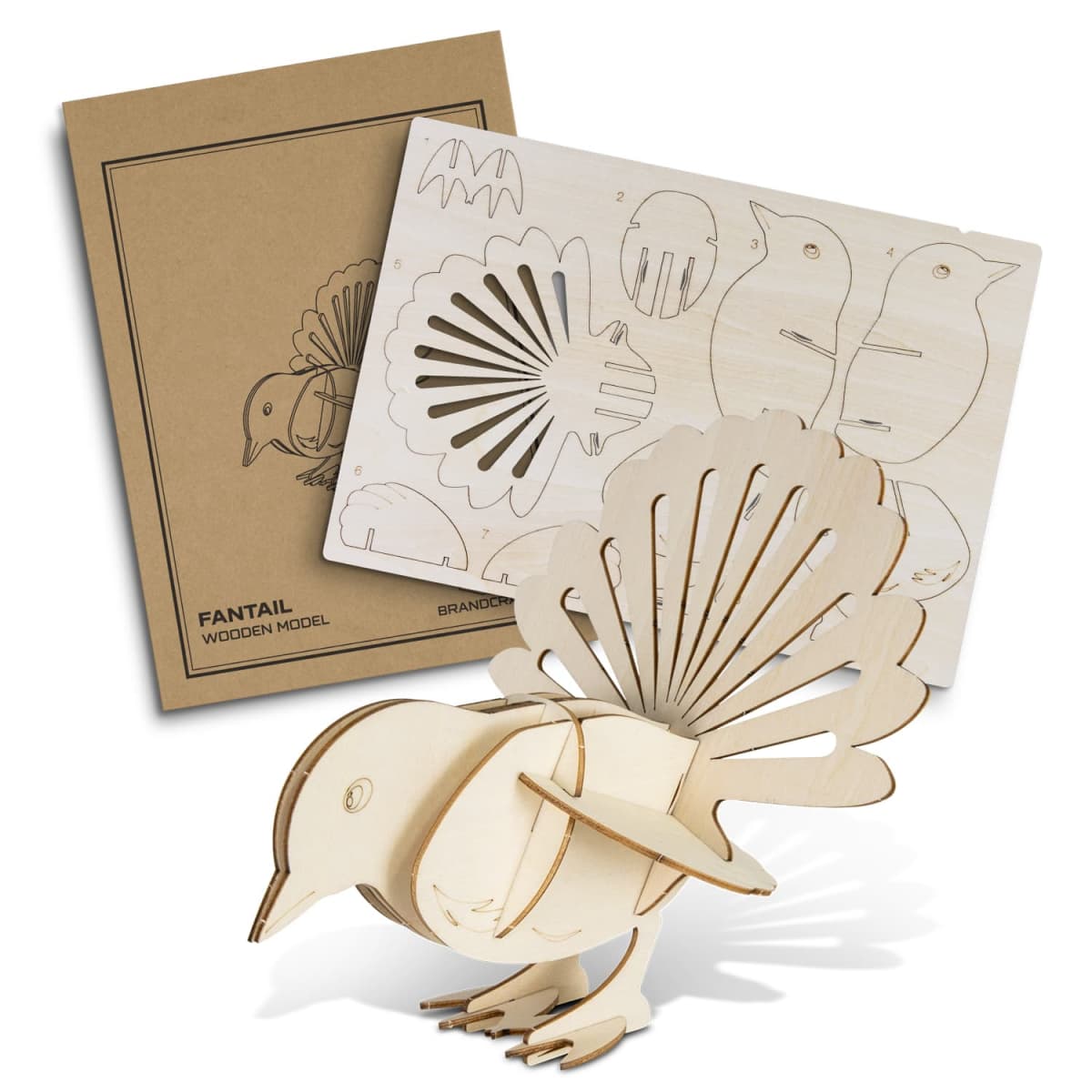 Conference Toys
Conference Toys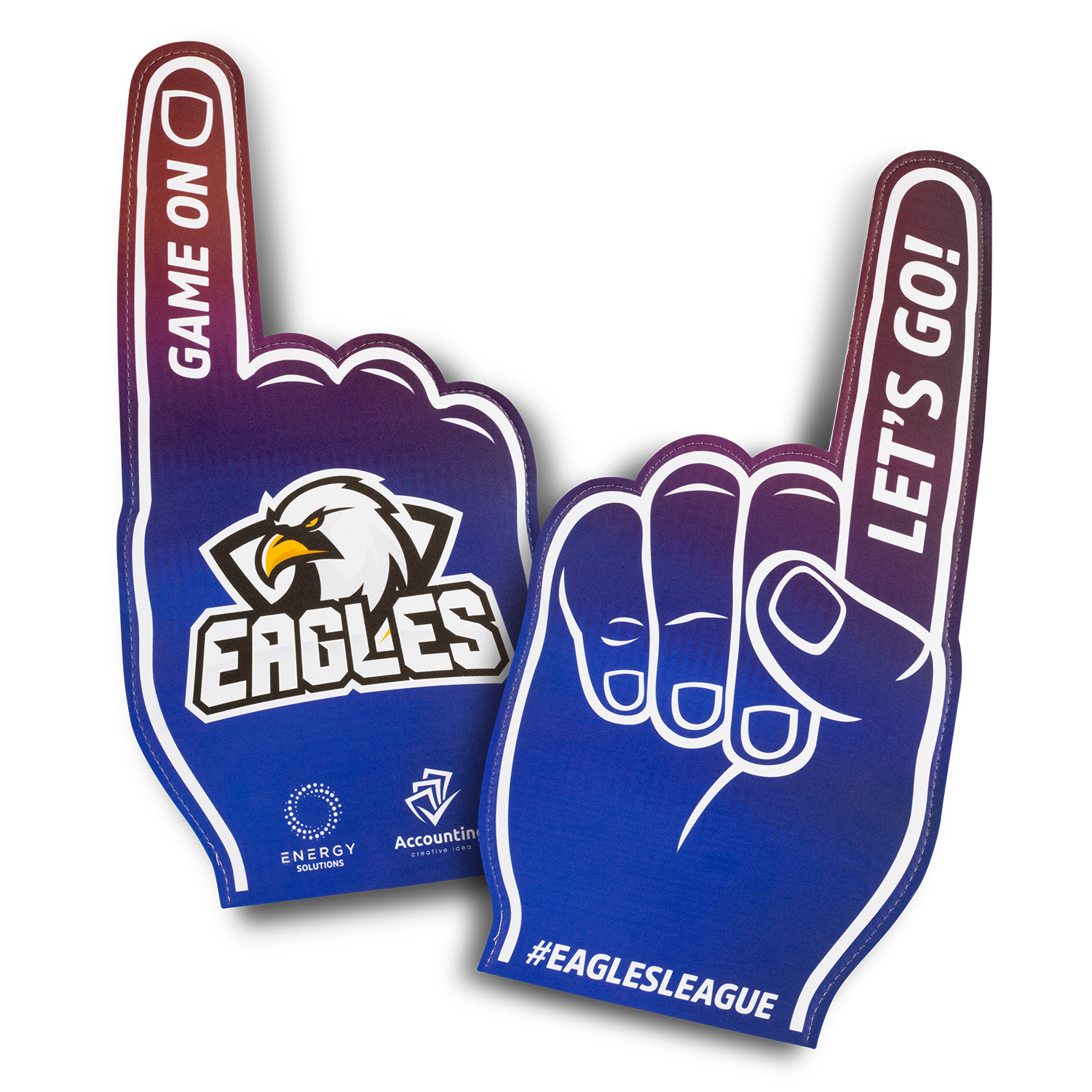 Event Toys
Event Toys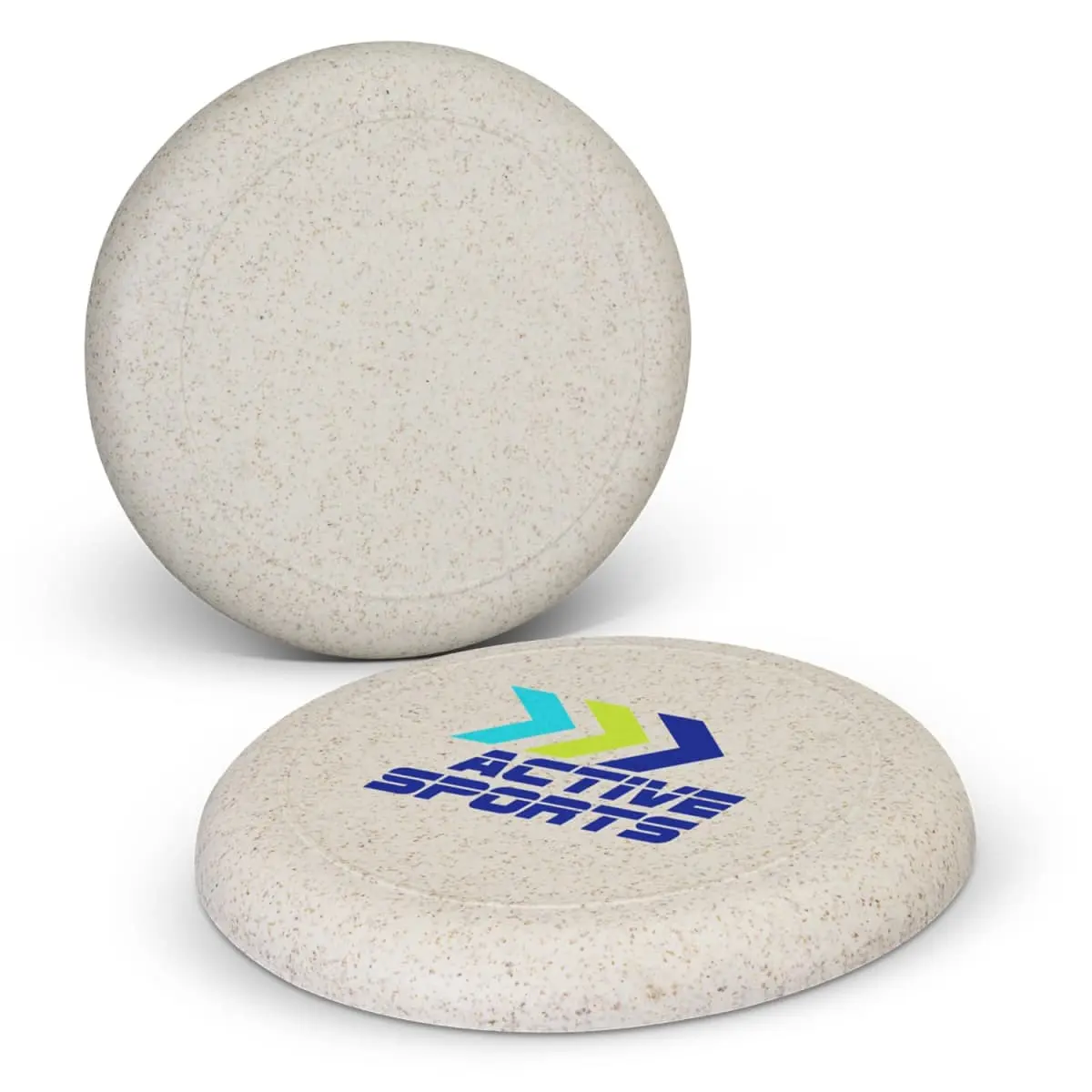 Frisbees
Frisbees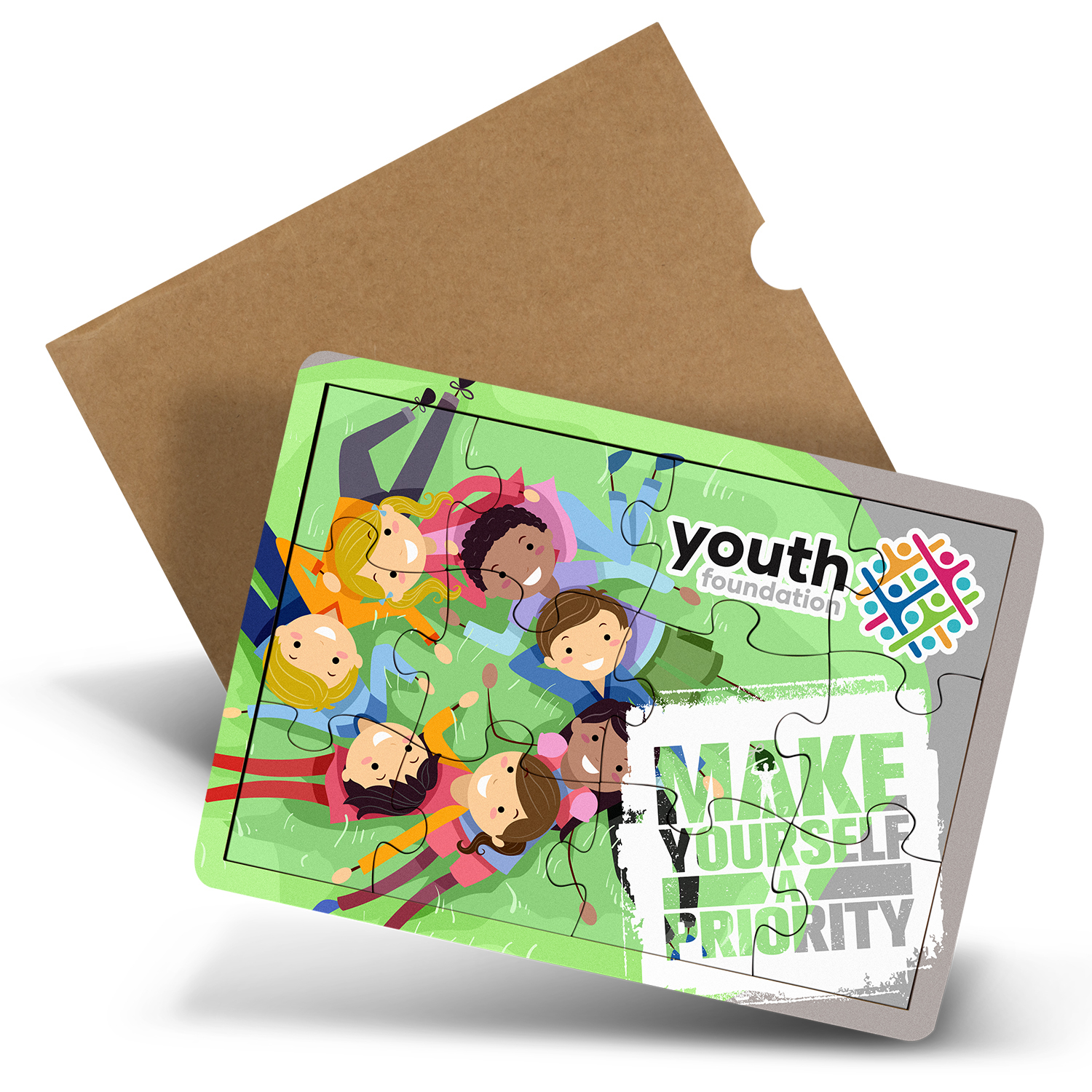 Games & Puzzles
Games & Puzzles Kids
Kids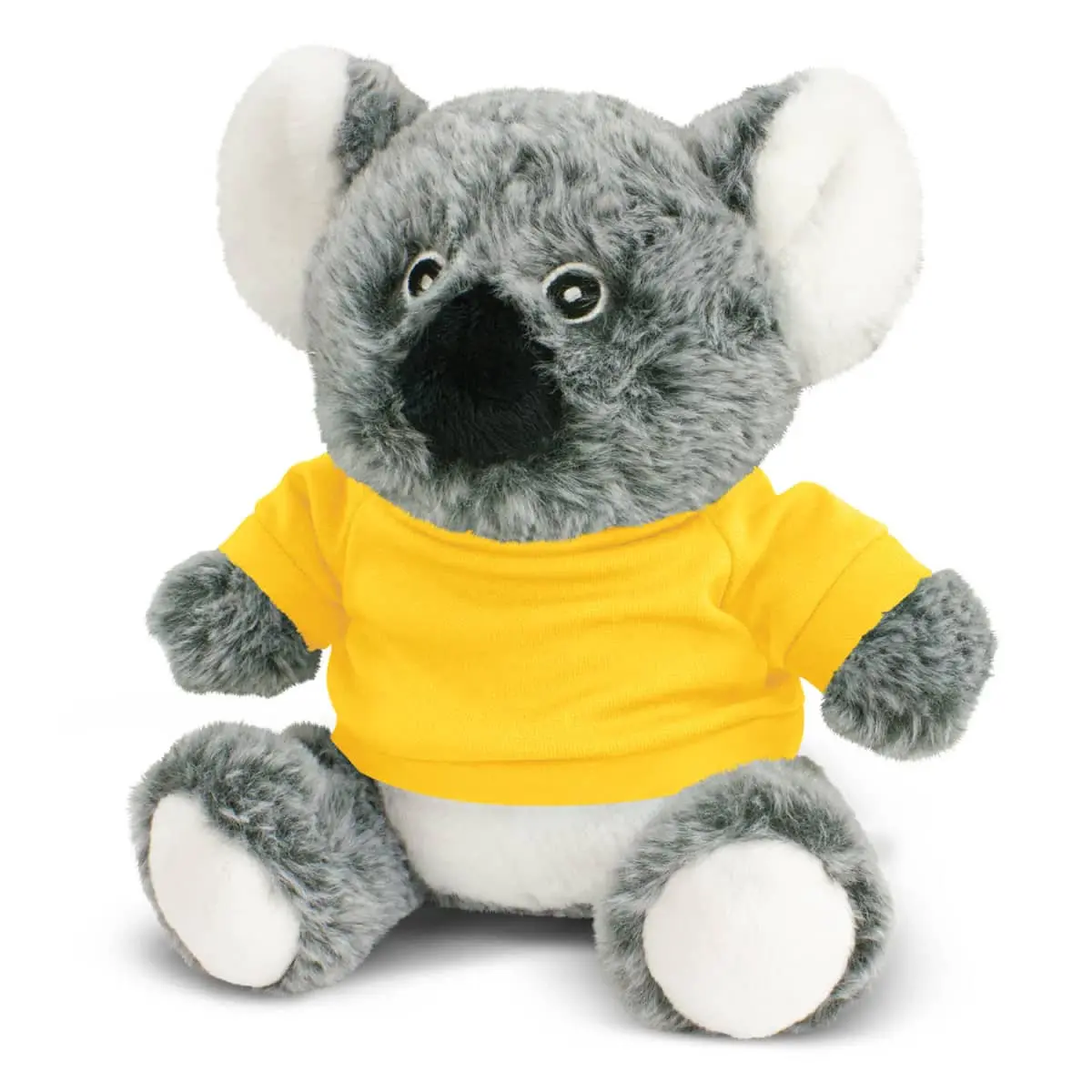 Plush Toys
Plush Toys
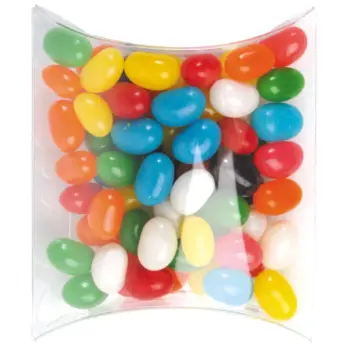
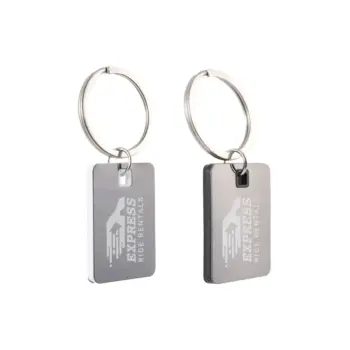


 Print | Signage
Print | Signage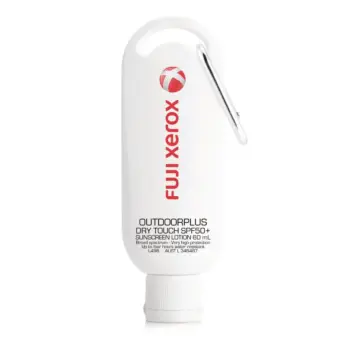
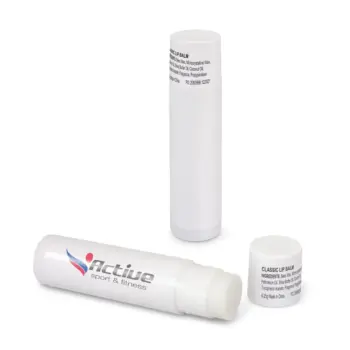
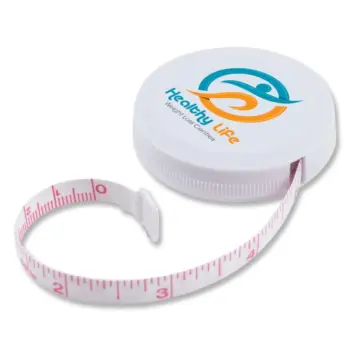
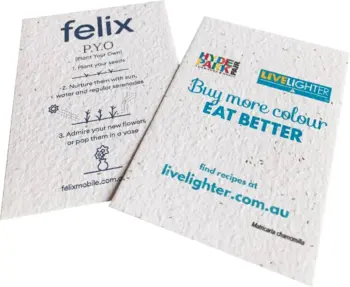
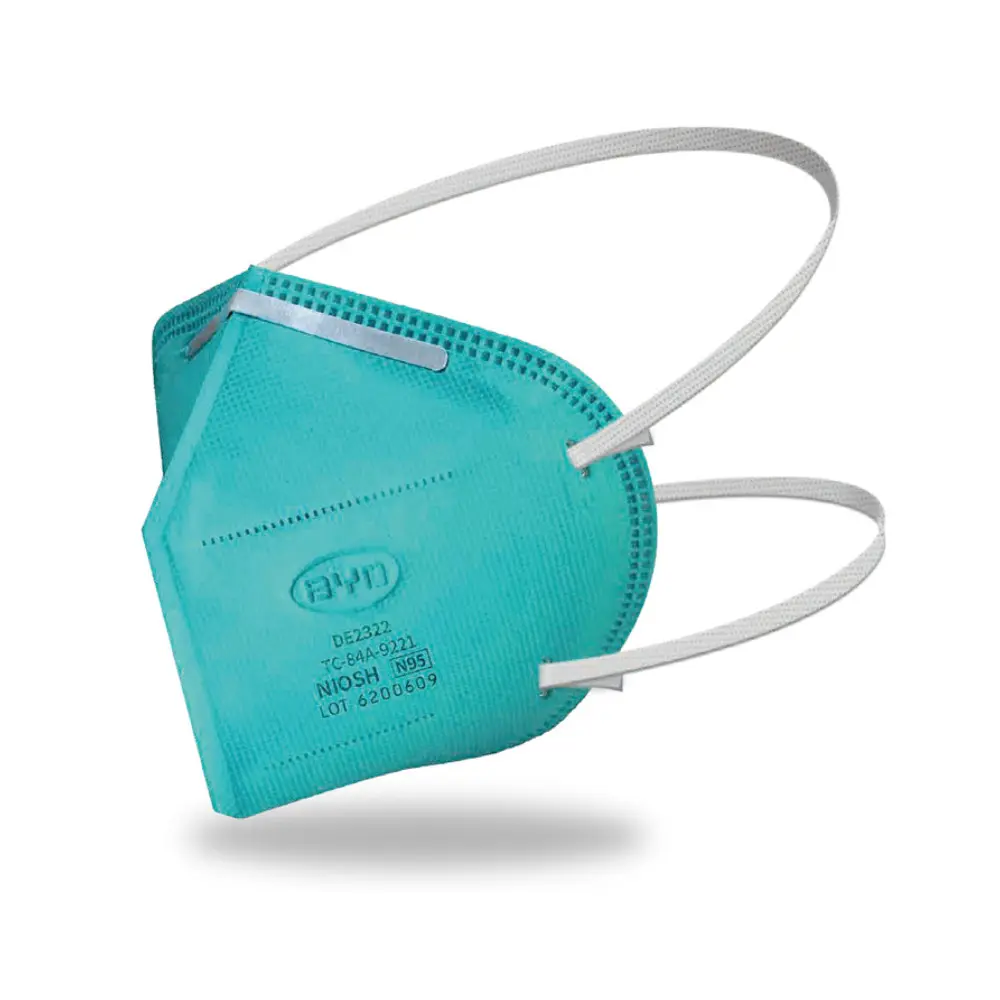 Antibacterial
Antibacterial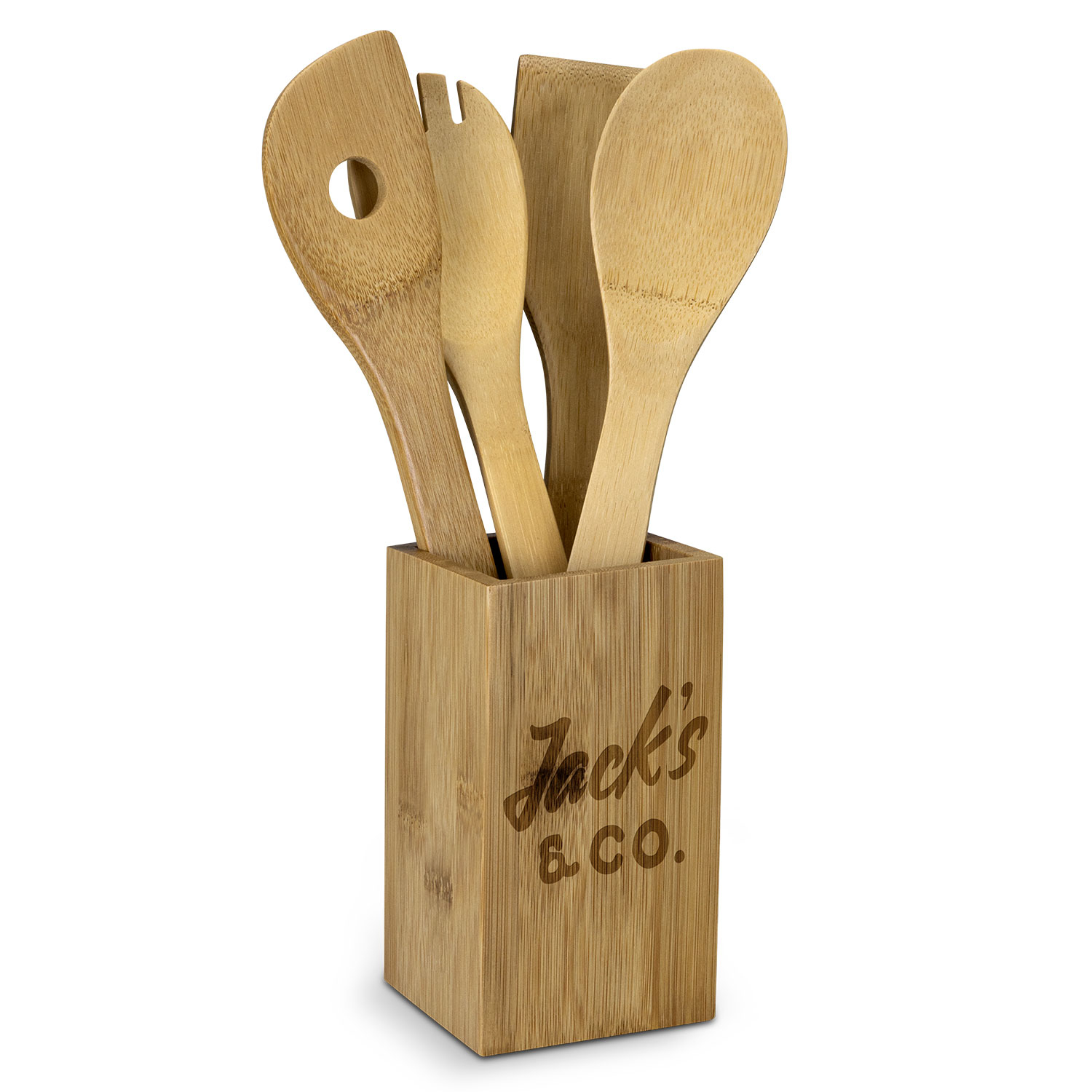 Eco Products
Eco Products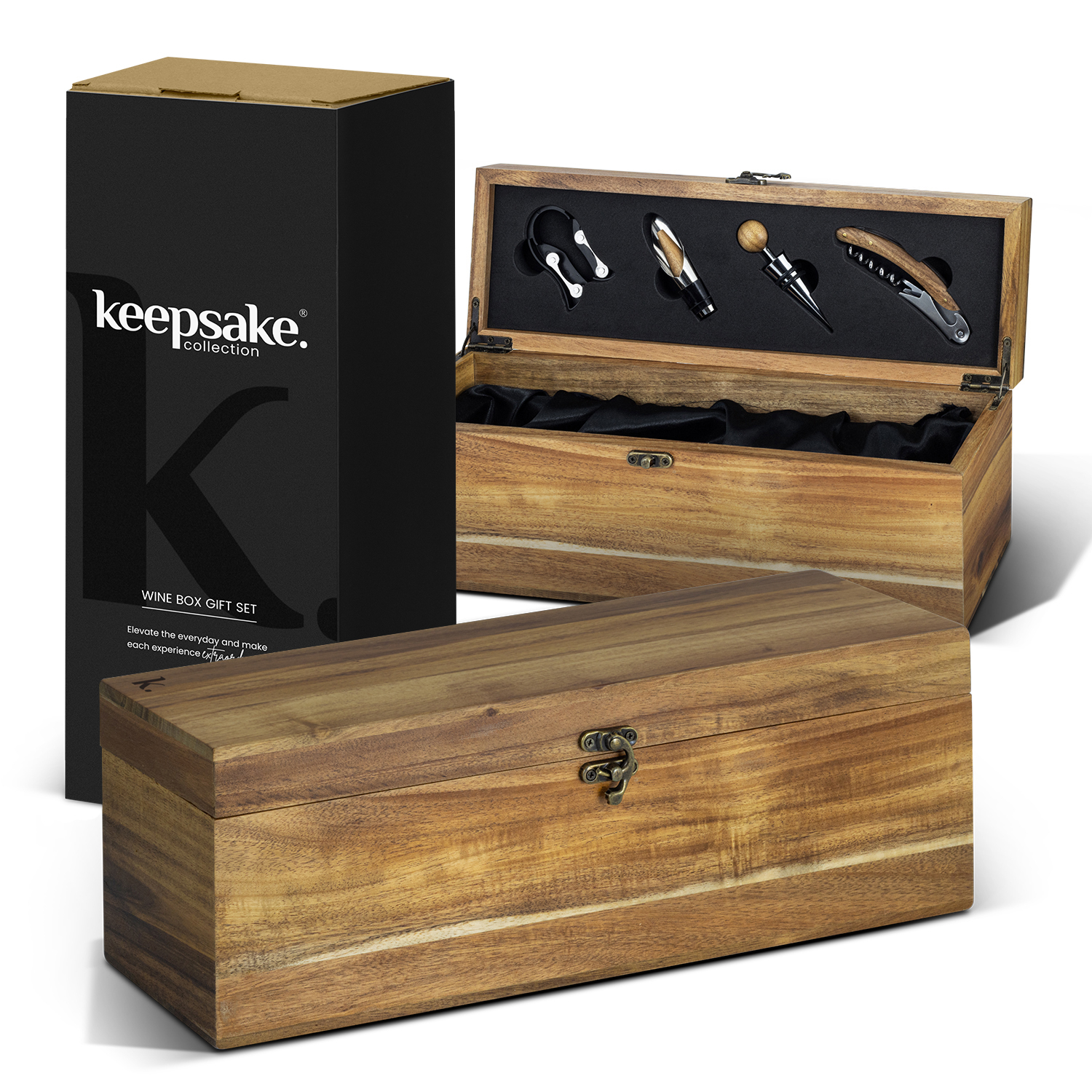 Gift Box Sets
Gift Box Sets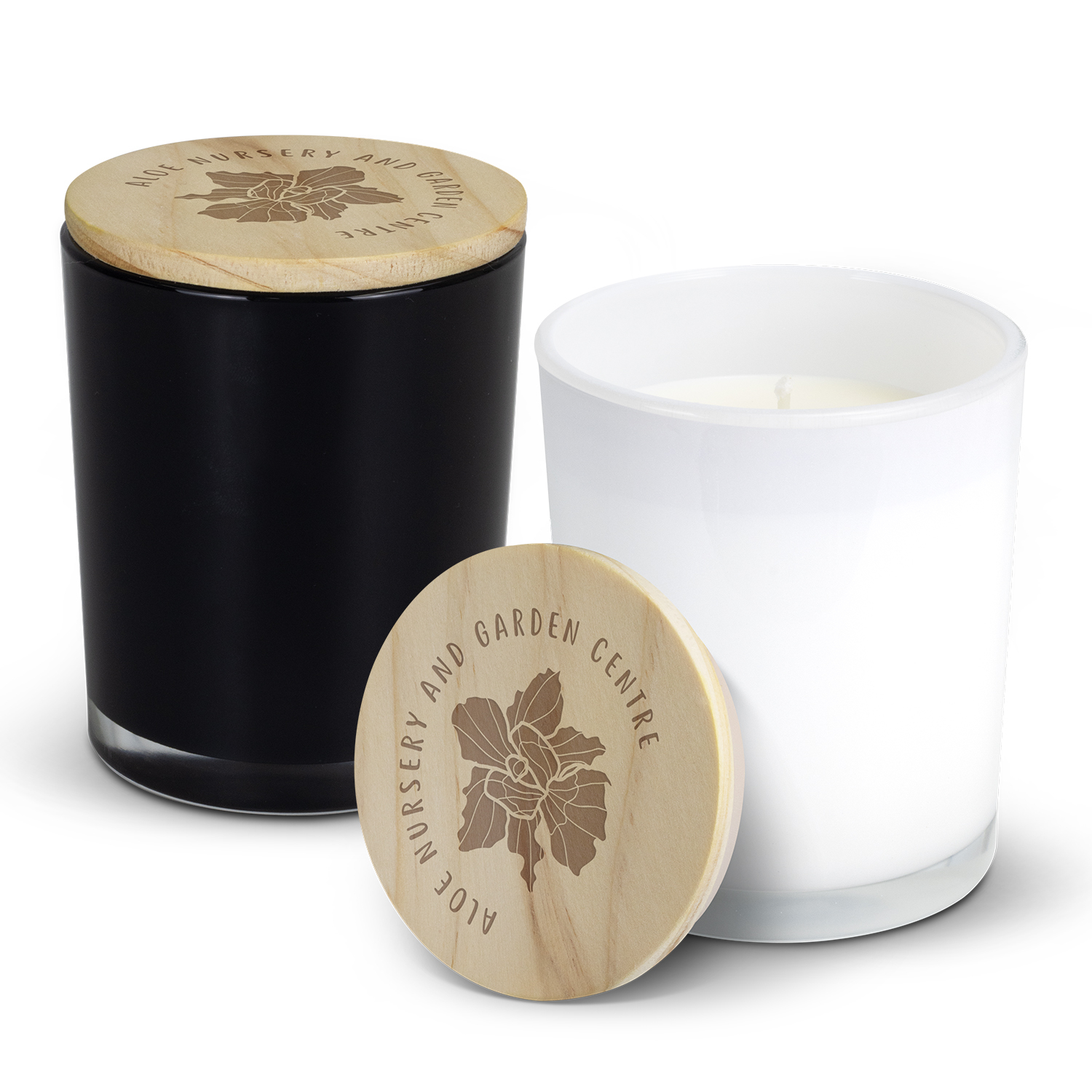 Homeware
Homeware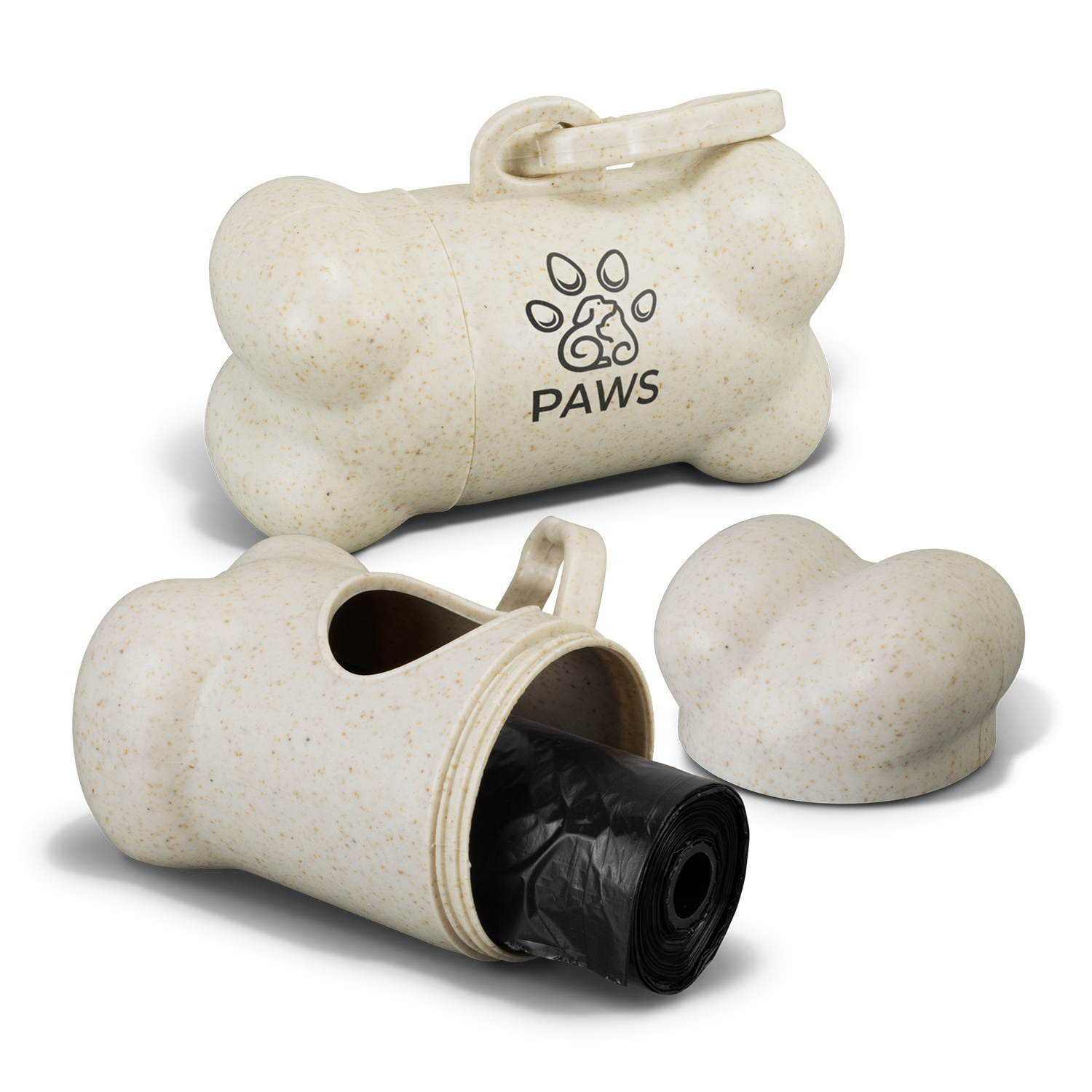 Pet Products
Pet Products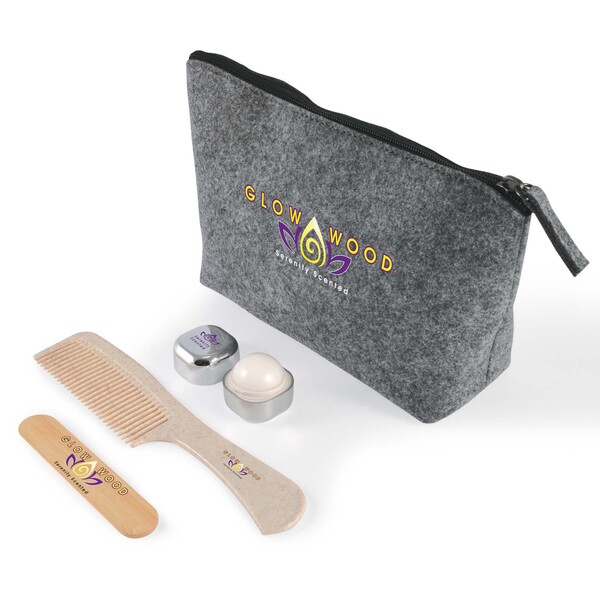 Personal Care
Personal Care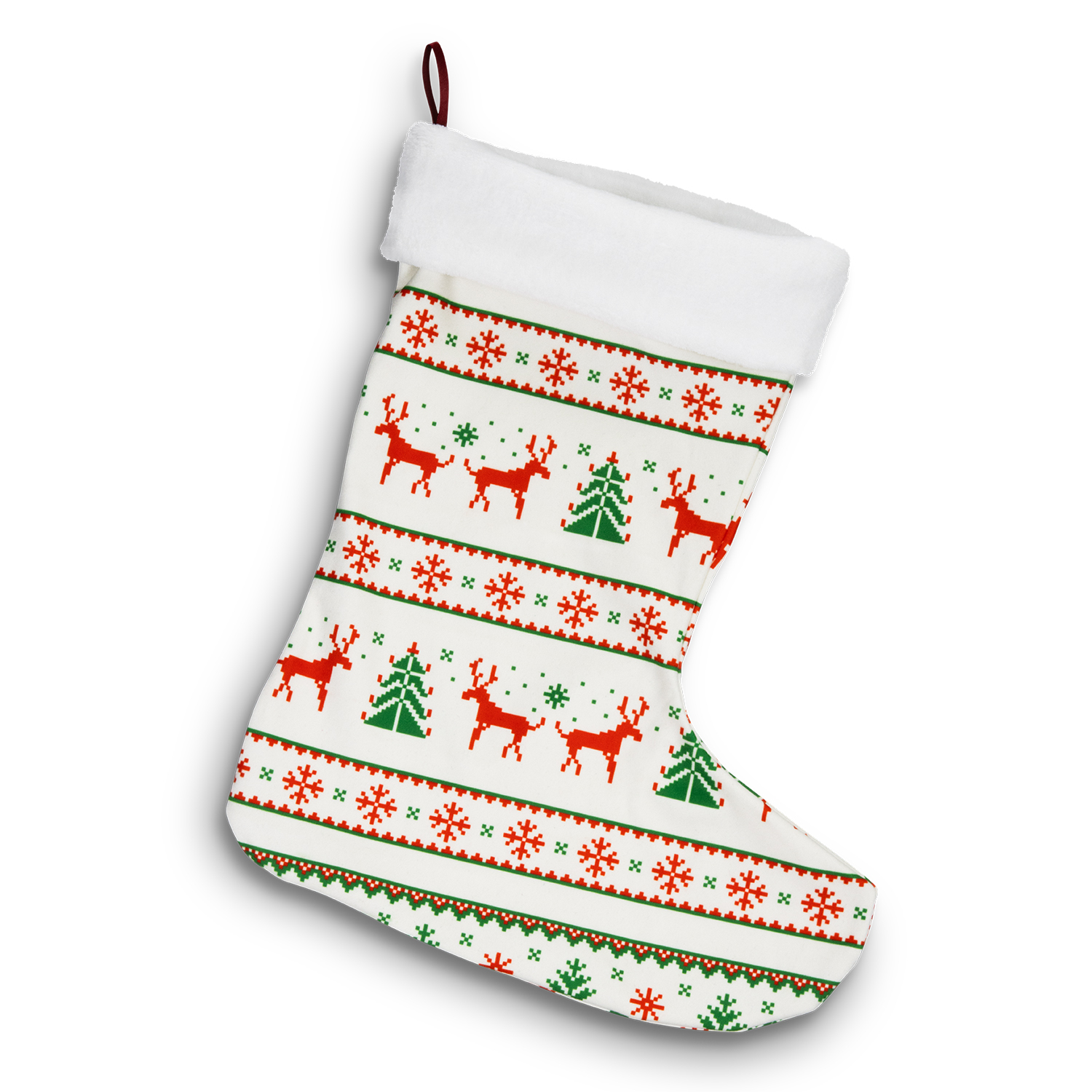 Occasion Ideas
Occasion Ideas